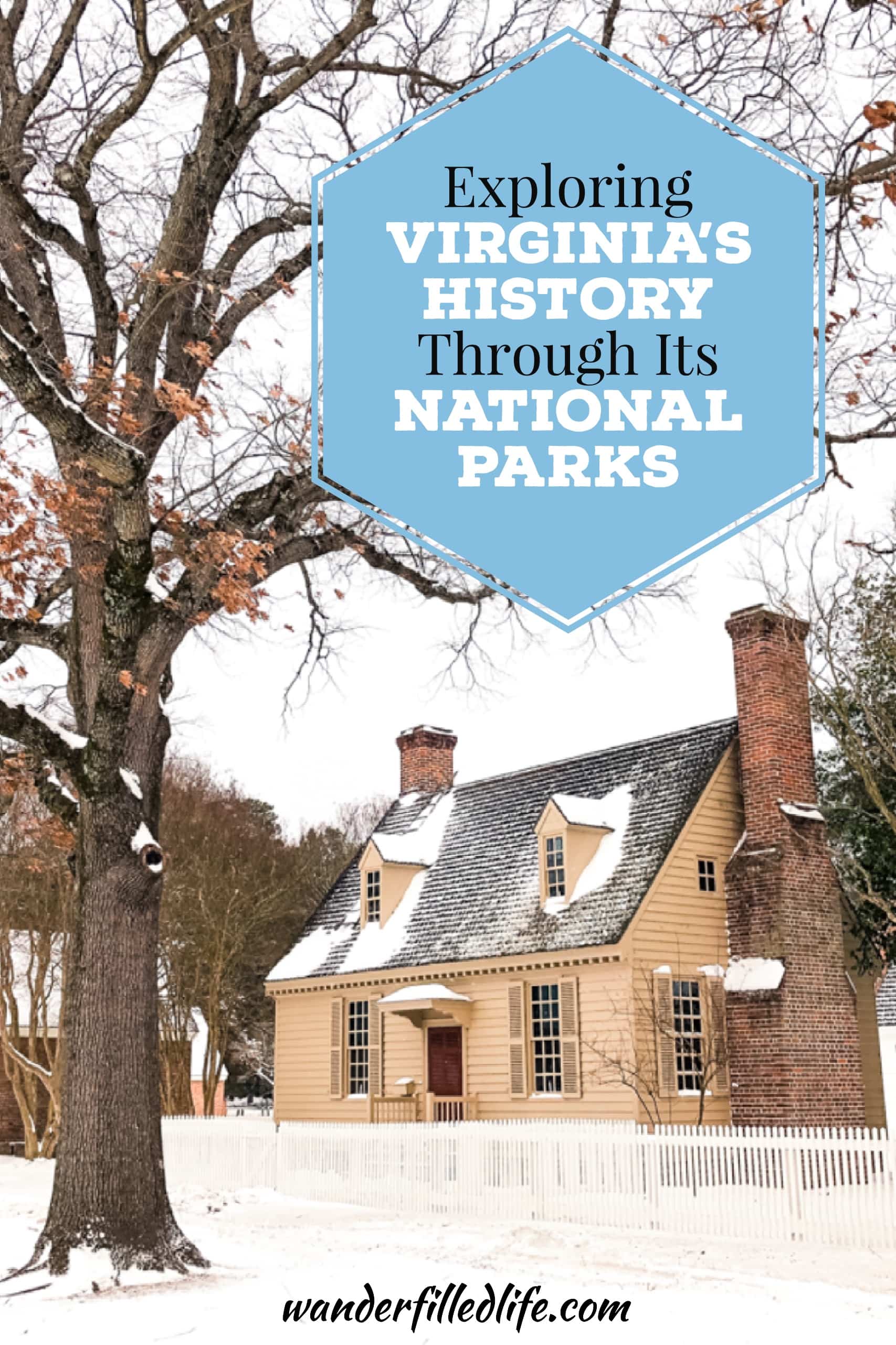Last Updated on September 5, 2023 by Grant
If there is one thing you simply cannot ignore about Virginia, it is the state’s history. From the first permanent settlement by British colonists to the Revolutionary War to the Civil War and on into the Civil Rights Movement, Virginia is home to our collective history.
We spent several days in eastern Virginia seeing National Parks sites, including battlefields, historical parks and sites, as well as driving part of Blue Ridge Parkway. In all, we visited nine NPS sites and we still have a bunch more to go!
If you are remotely interested in the Civil War, the area from Fredericksburg all the way to Petersburg is full of battlefields. If colonial history is your thing, head for the coast.
To really dig into US history, it’s time to head to the Tidewater region, where the first permanent British Colony was established.
(Disclaimer: When we link to places where you can buy our stuff or places we stayed, we are using special codes that earn us commissions on the sales at no additional cost to you. Please see our Review Policy for more information.)
Colonial Virginia
George Washington Birthplace National Monument
Located on Popes Creek, just off the Potomac River, this site preserves the location of George Washington’s birthplace.
Washington lived on this tobacco farm until around age four and came back often in his formative years. The future president developed an abiding love for the Virginia Tidewater here.
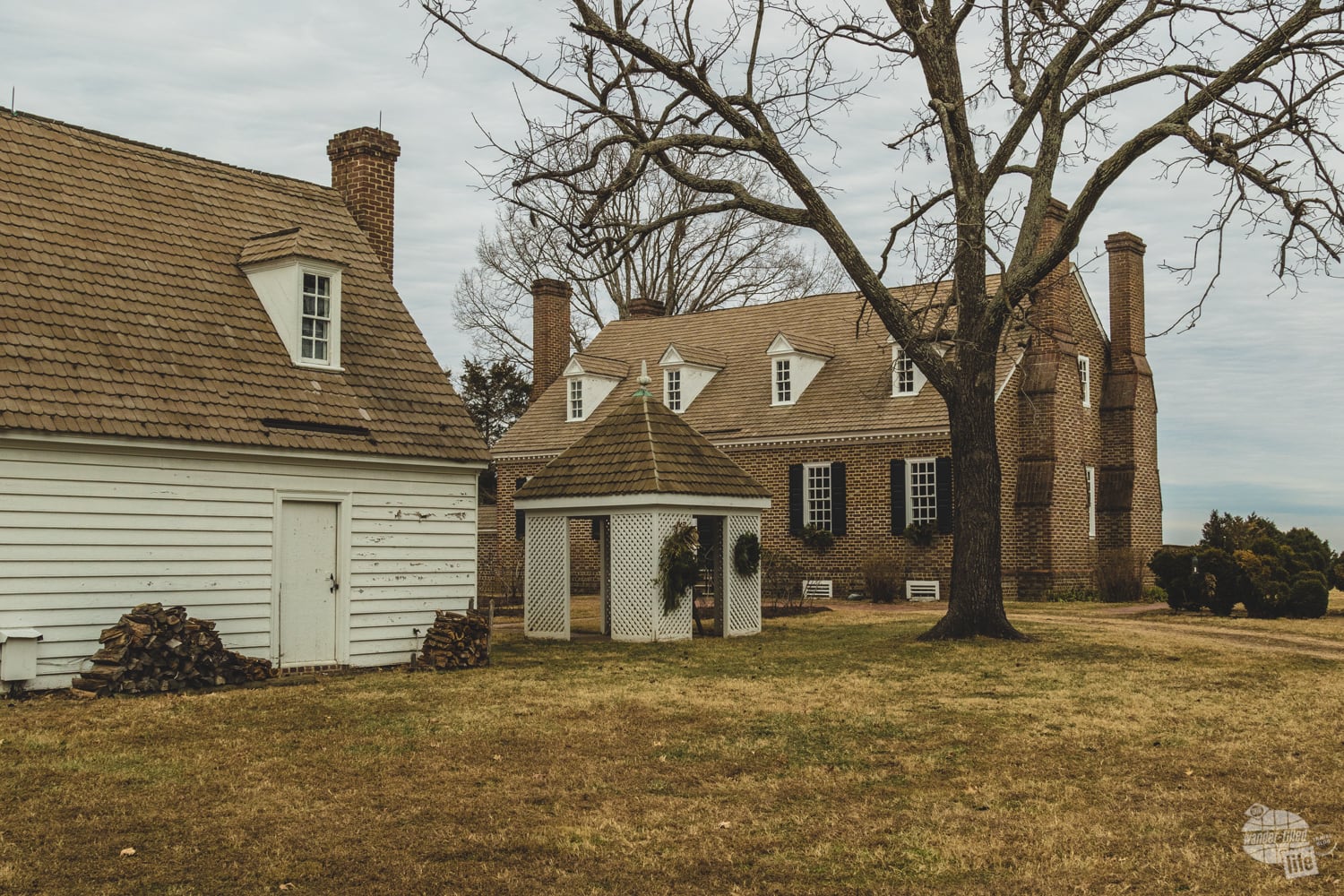
The original house was destroyed and the property fell into disrepair over the years before being donated to the state of Virginia and eventually the federal government.
In 1930, the Park Service constructed the Memorial Home based upon what folks at the time thought the house should look like. Later, a Colonial Kitchen and Garden were added to what was considered a living memorial to Washington. In 1968, the park service added a Colonial Farm to demonstrate what life was like on the property.
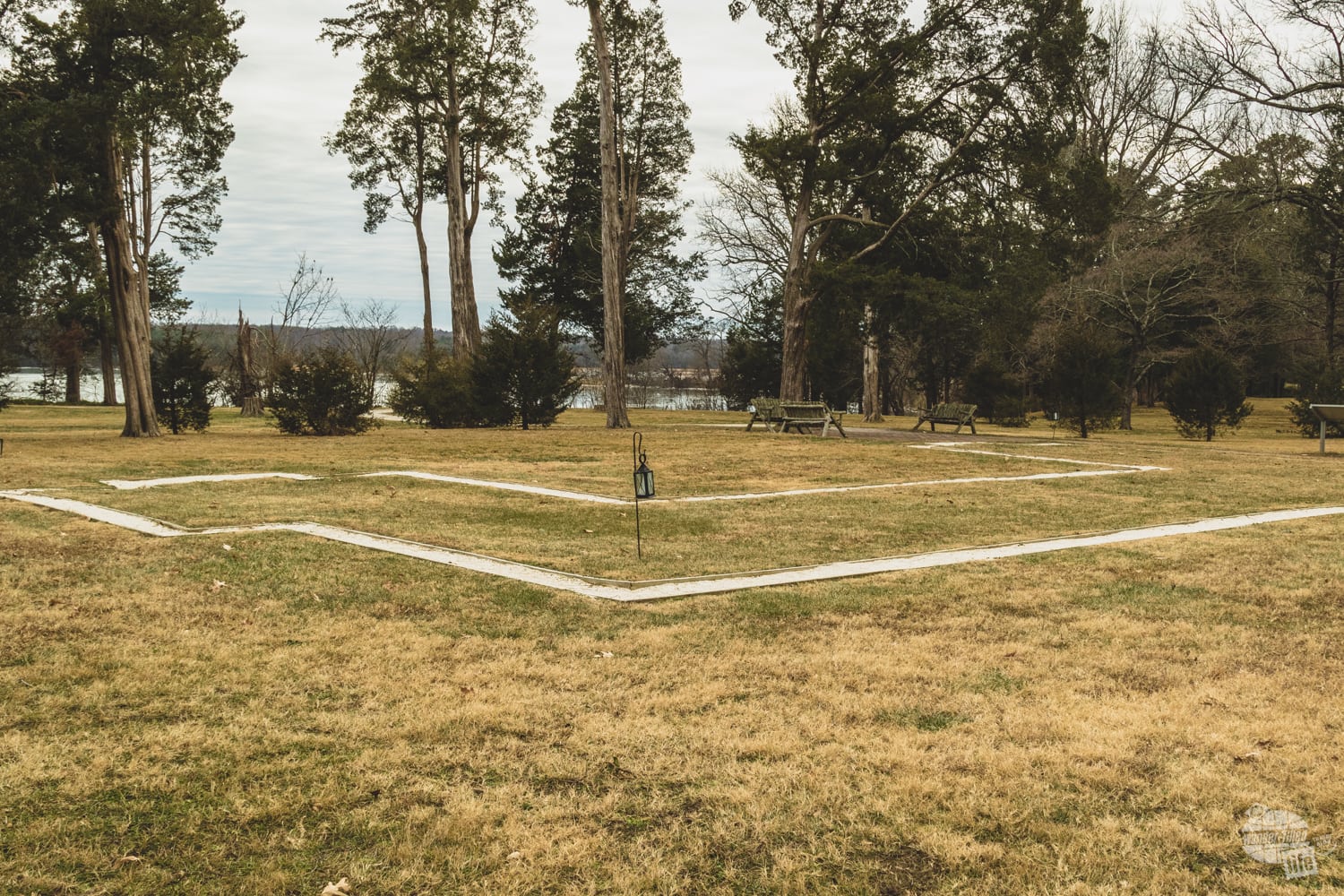
The foundation of the original birthplace home has been unearthed and is a few feet away from the Memorial House.
What we enjoyed most about this site was that it is a working farm, complete with livestock and replicas of colonial-era farm buildings.
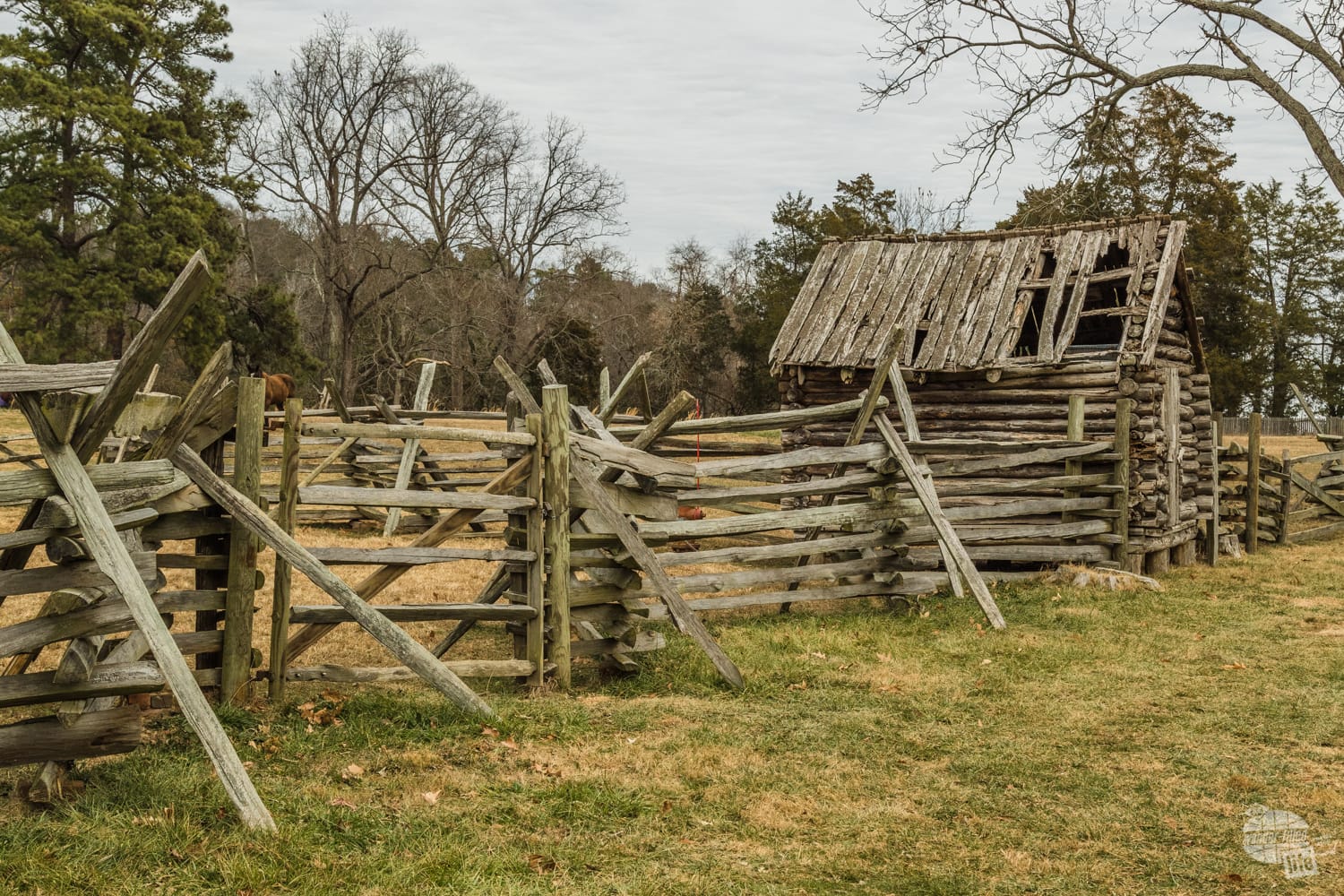
You can tour the Memorial House and grounds, but bear in mind it is not an authentic recreation of the original home.
Colonial National Historical Park
Colonial National Historical Park covers two incredibly important sites from American history: the first permanent British colony, Jamestown, and the site of the pivotal battle of the American Revolution, Yorktown.
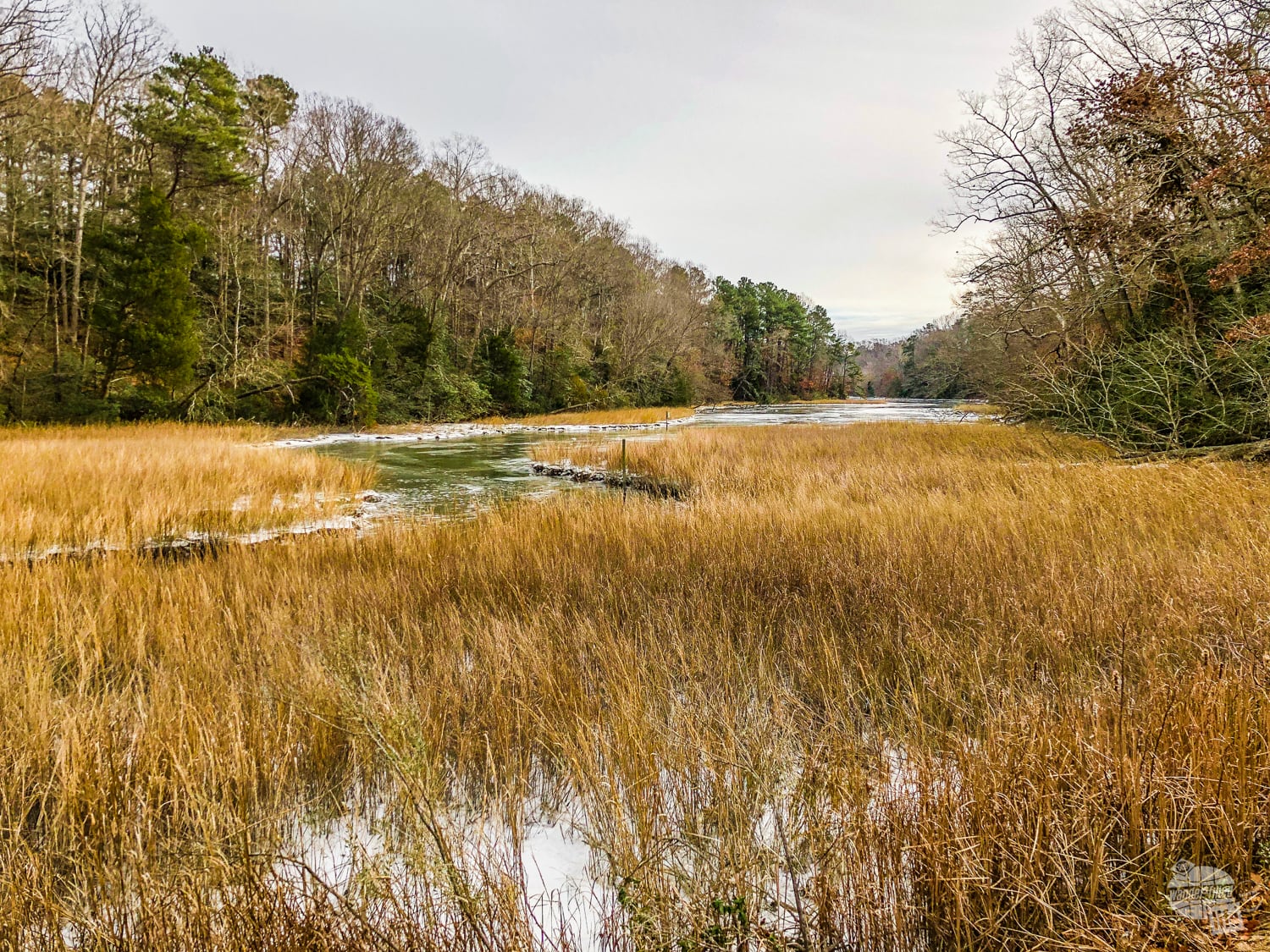
These two sites, along with the Colonial Parkway and nearby Colonial Williamsburg form the Historic Triangle. This area is a must-visit for anyone interested in American history.
Yorktown Battlefield
Following the American victories at Kings Mountain and Cowpens, General Cornwallis turned north winning a Pyrrhic victory at Guilford Courthouse. In need of resupply, he eventually landed upon the port of Yorktown.
There, a combined army of American Patriots and French troops laid siege to the town, eventually forcing the surrender of Cornwallis. The surrender forced the British to negotiate peace.
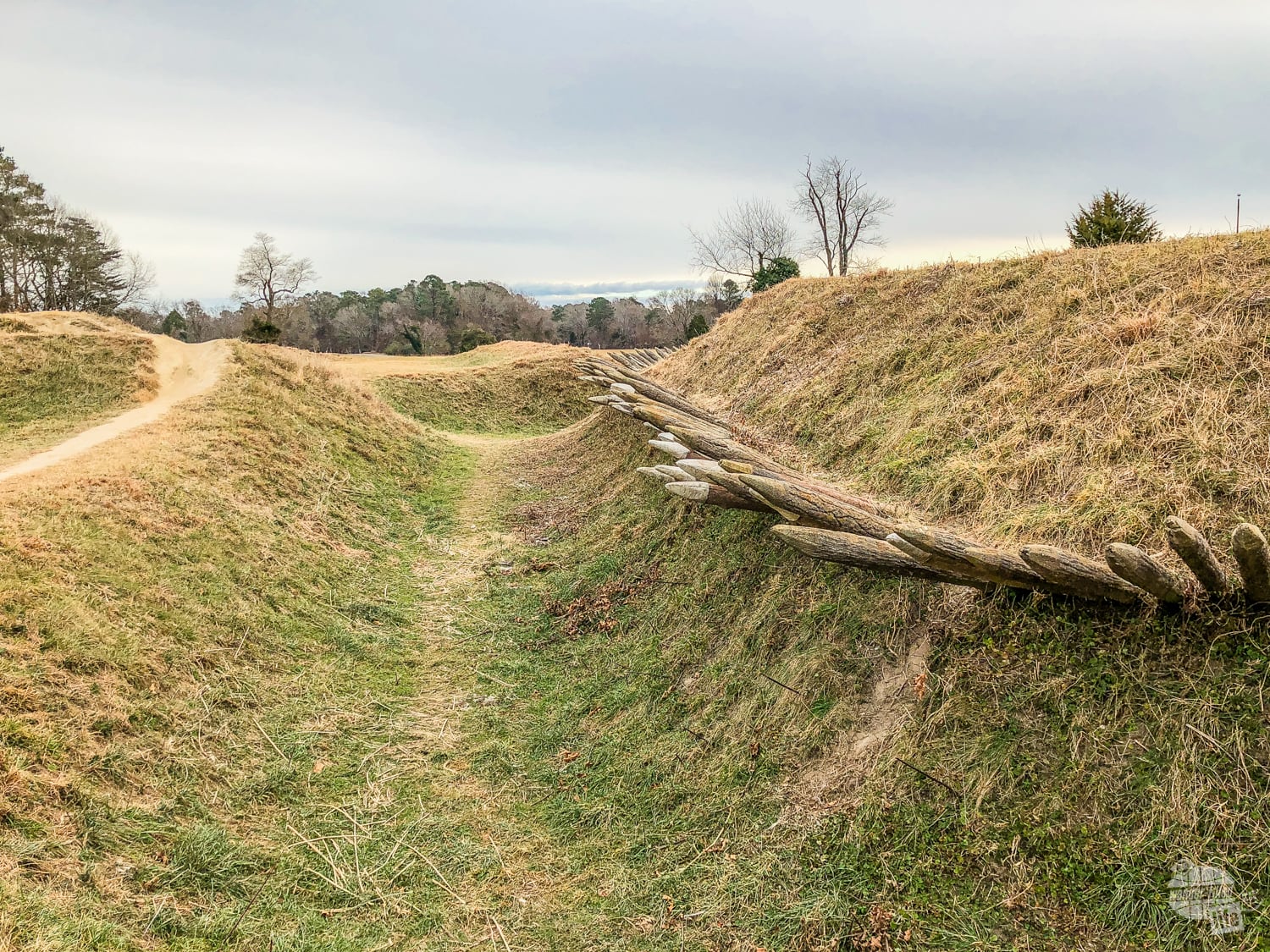
Unlike most other Revolutionary War sites we have been to, the battlefield is reasonably large and has a good driving tour, though some of it was shut down for repairs to the road when we visited.
The visitor center does a great job of telling the story of the battle, so be sure to hit that first before touring the road. The are several earthworks remaining from the battle, plus the obligatory cannons placed at various points.
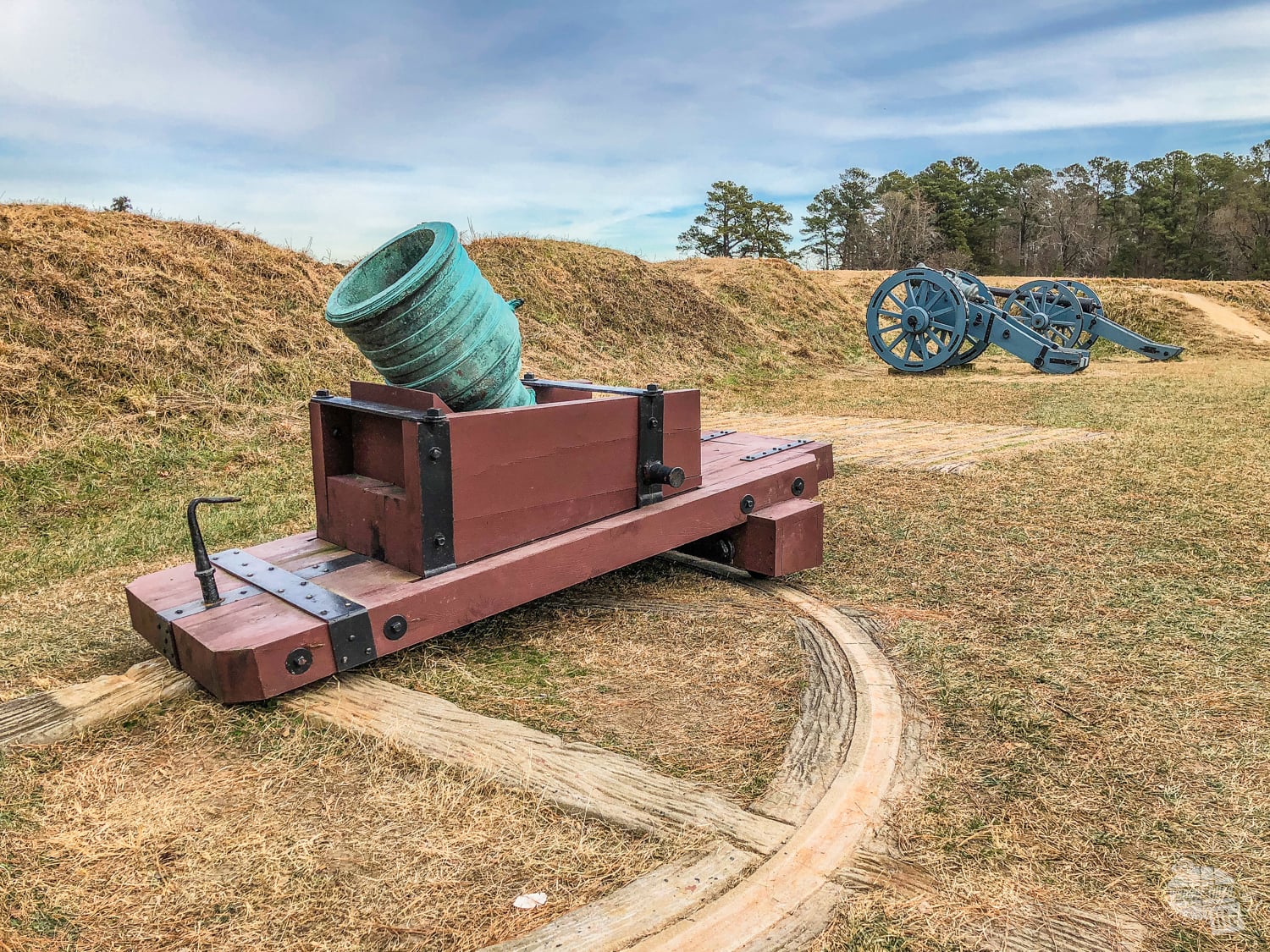
The Augustine Moore House is where the surrender was negotiated and is the first house the National Park Service ever restored.
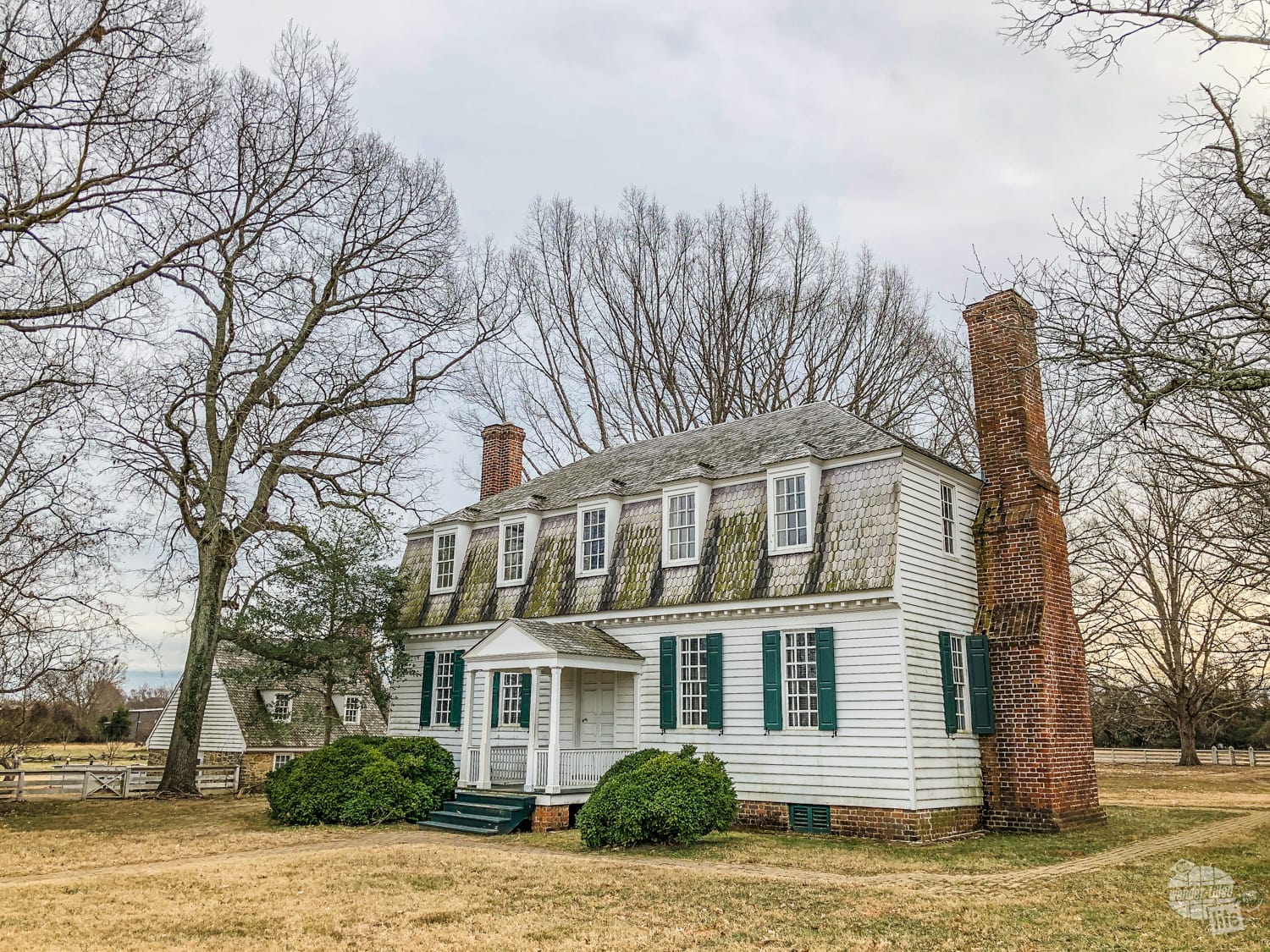
Colonial Parkway and Williamsburg
The Colonial Parkway connects Yorktown with Williamsburg and Jamestown. The drive was quite relaxing and, while the views are not as dramatic as the Blue Ridge Parkway, there is plenty of tidal Virginia to see and enjoy.
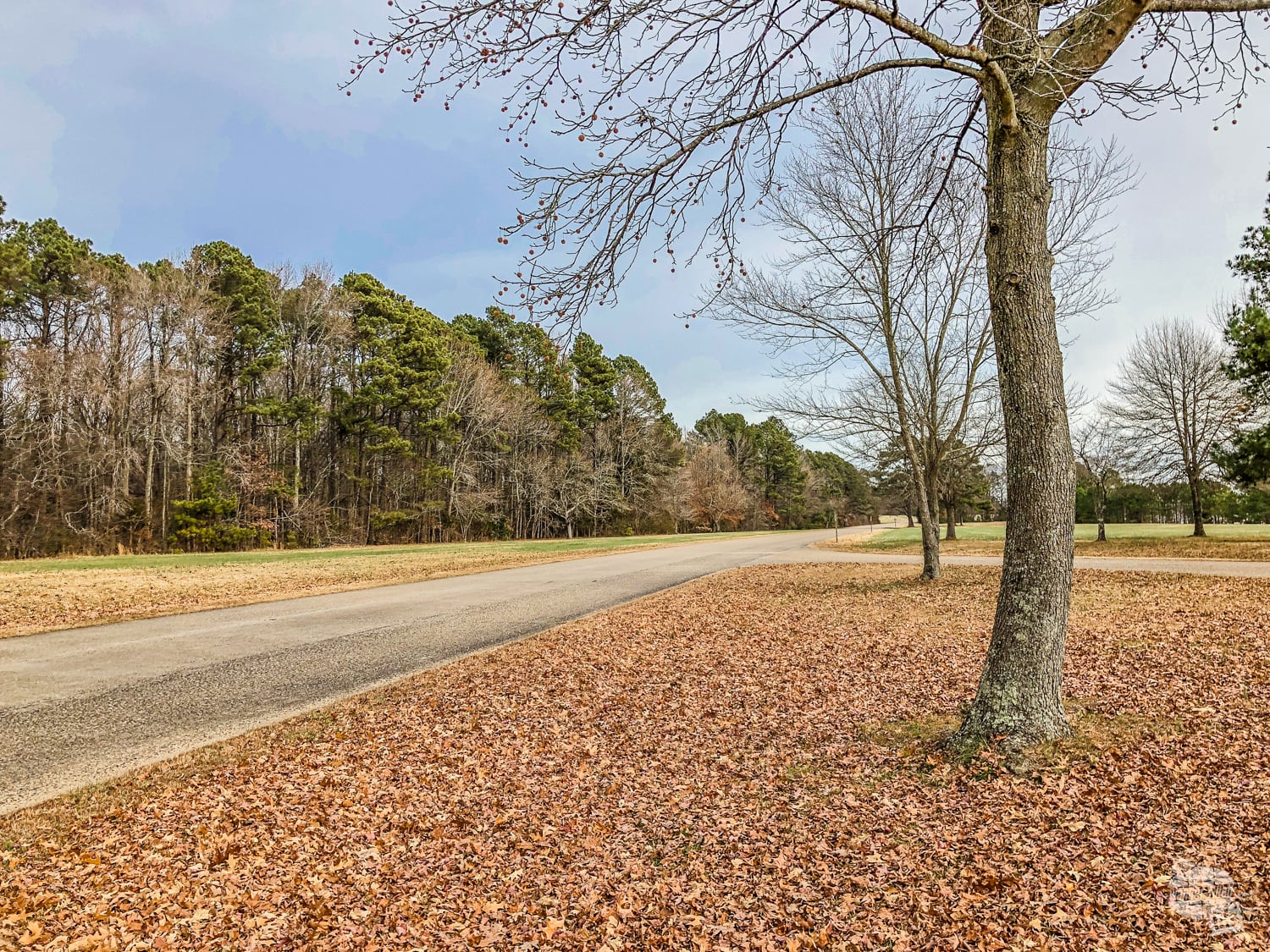
Colonial Williamsburg is a living history museum with several restored buildings highlighting the town’s time as the colonial capital.
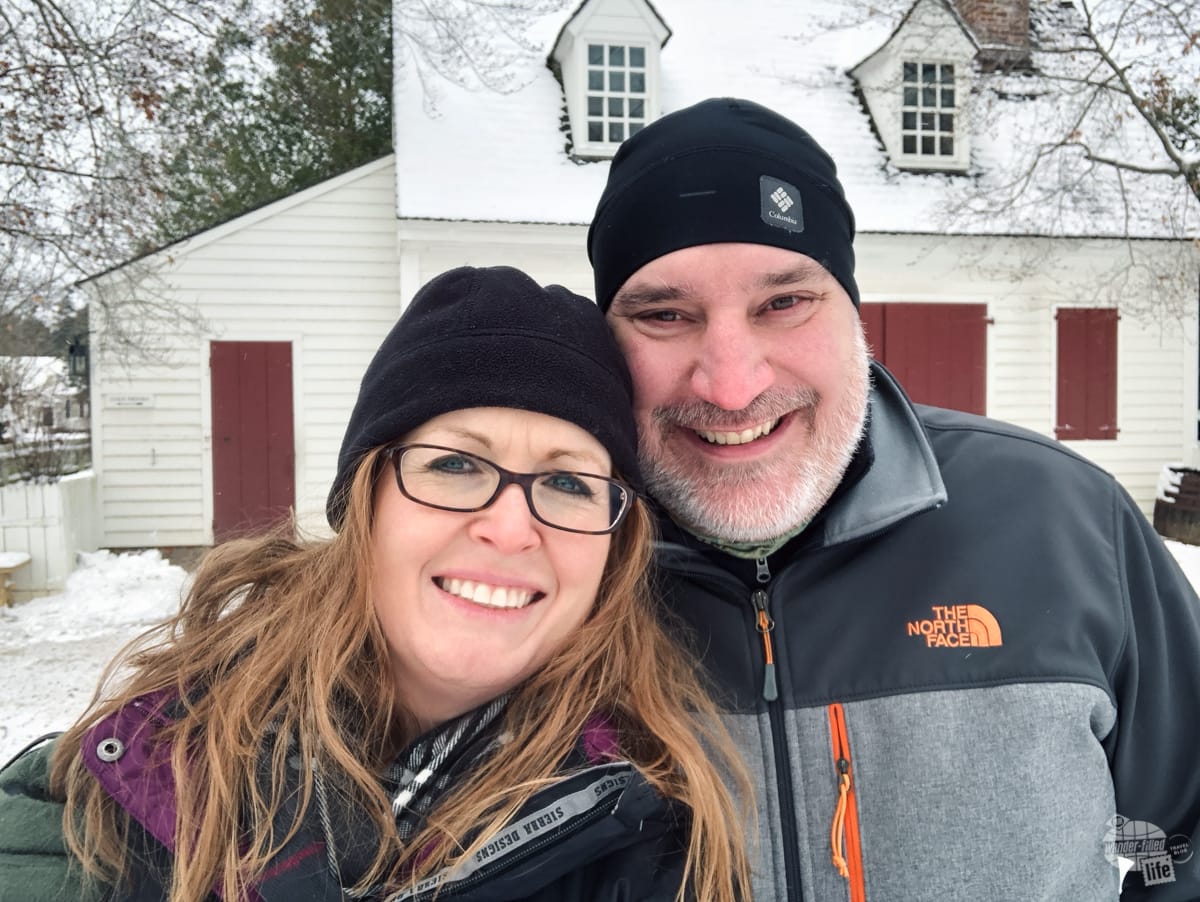
It snowed pretty heavily the night before, so we did not get to visit much of the site, but we did get out and walk around in the snow. We will just have to come back!
Jamestown
Preservation Virginia runs this site in conjunction with the National Park Service, so be prepared to pay a separate fee to see the ruins of the original settlement.
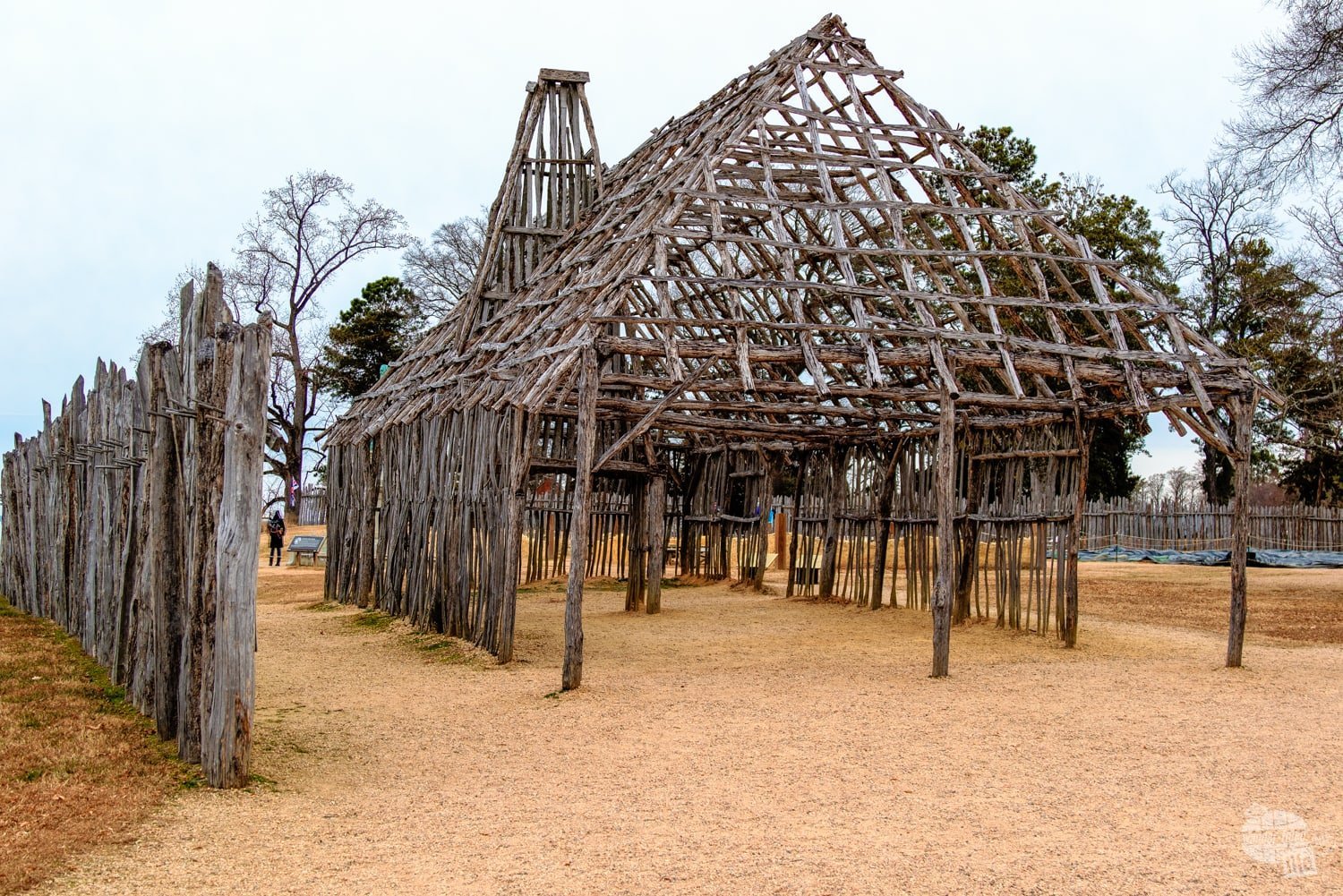
Like Yorktown, there is an excellent Visitor Center which tells the story of Jamestown from multiple perspectives.
Preservation Virginia reconstructed the town wall and highlighted the outlines of many of the old buildings.
Beyond the ruins of the town itself is the Island Drive, a figure-eight loop encompassing Jamestown Island with several turnouts. We made a point to walk out to Black Point and, on the way back, spotted a bald eagle!
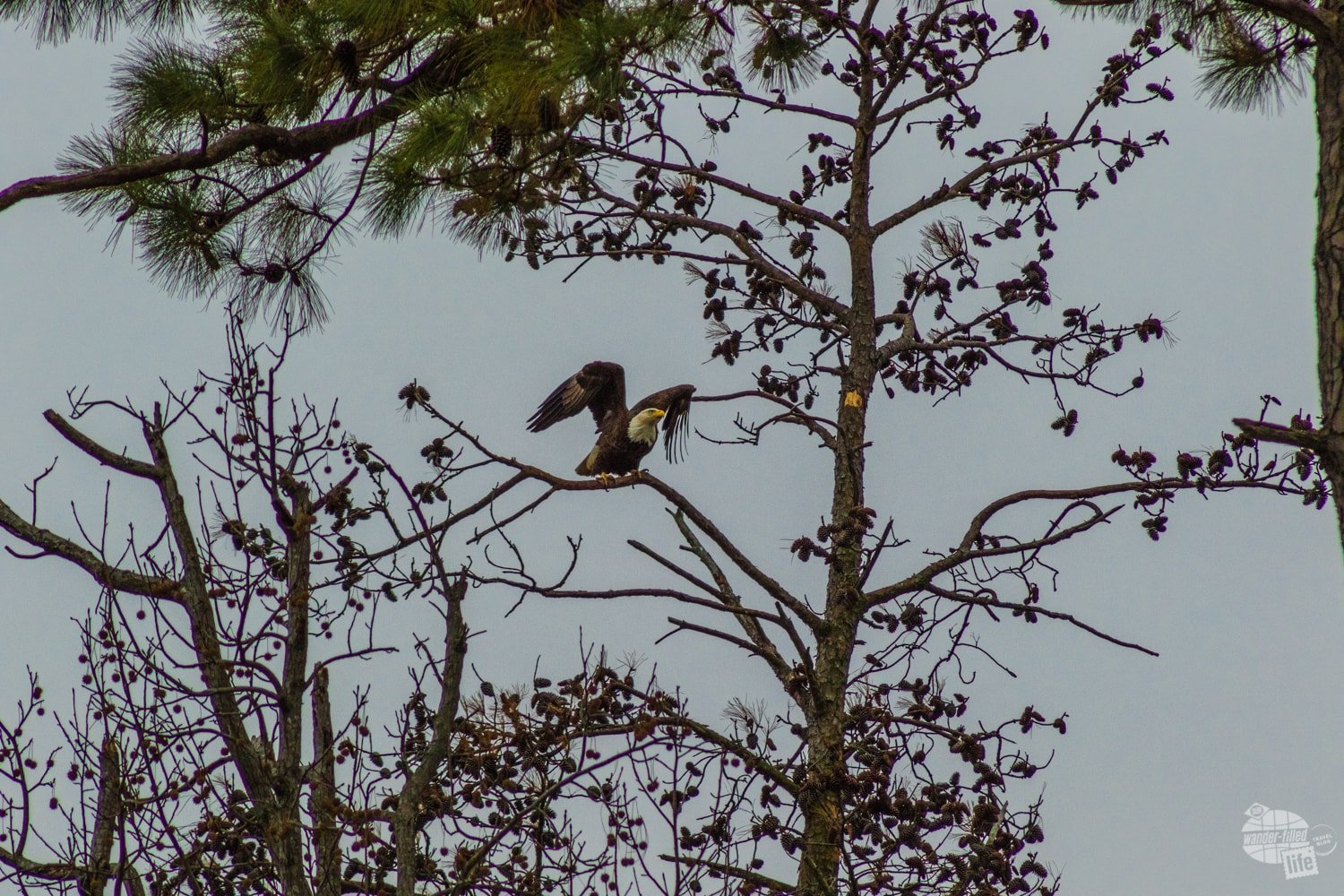
We also really enjoyed the Jamestown Glasshouse. The glasshouse produces glass pieces using the original methods used by colonial glassblowers.
You can watch the glass being produced pretty much every day and it is a very interesting process to see. We have seen more intricate glassblowing done in Murano, Italy, but this was just as cool.
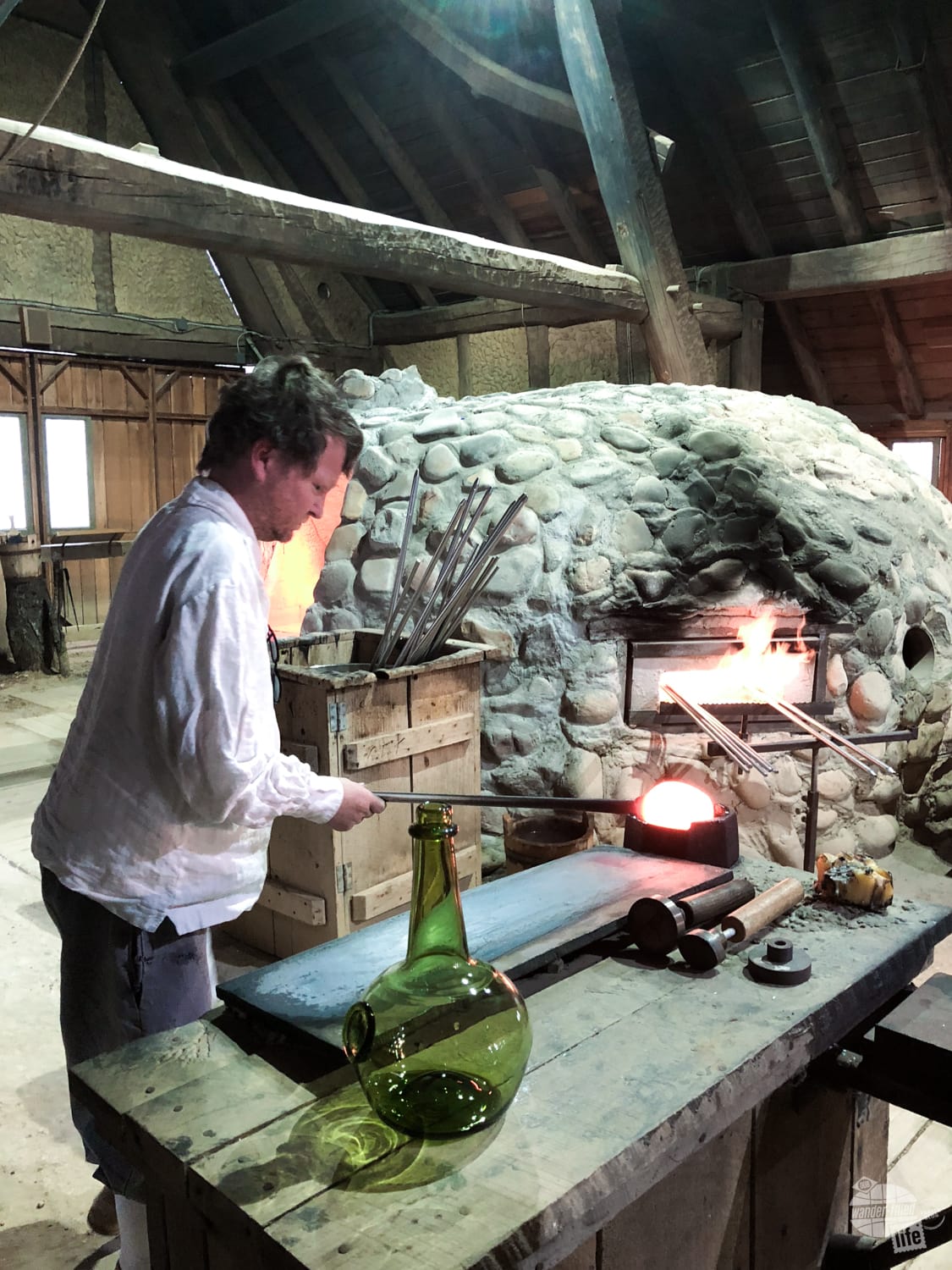
We found a great Hilton Garden Inn in Williamsburg, which made for a great base to explore the area. You could easily visit the nearby site and even drive into Petersburg.
Book the Hotel | Read TripAdvisor Reviews
Civil War Virginia
Fredericksburg and Spotsylvania County Battlefields Memorial National Military Park
Central Virginia is full of Civil War history and battlefields. Our first Civil War site of this trip was actually four battlefields fought in three different campaigns during the war.
Visiting these battlefields takes the better part of a full day, so be prepared for a bit of driving and walking to see these sites.
Battle of Fredericksburg
When visiting the battlefield, start with the Battle of Fredericksburg. The site has an excellent visitor’s center and explains the early campaigns well.
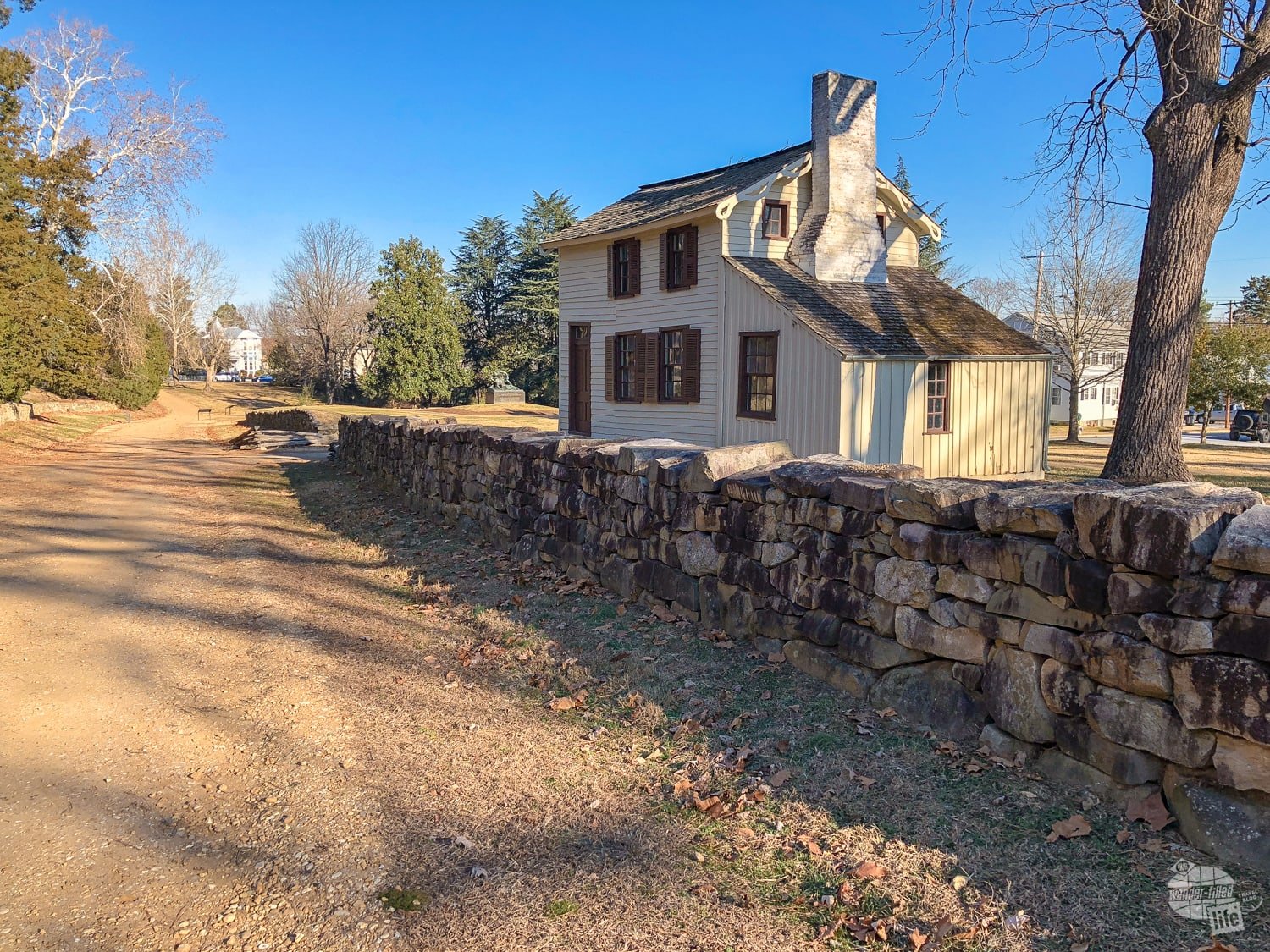
In December 1862, Union forces attempted to cross the Rappahannock River at Fredericksburg. The Confederates defended the city and surrounding heights decisively and it became one of the most one-sided battles of the war.
Battle of Chancellorsville
The Battle of Chancellorsville took place about ten miles west of Fredericksburg. In early May 1863, Union forces pushed toward Richmond on two fronts: a small community called Chancellorsville and again at Fredericksburg. Chancellorsville was really just an inn run by the Chancellors at the intersection of two major roads.
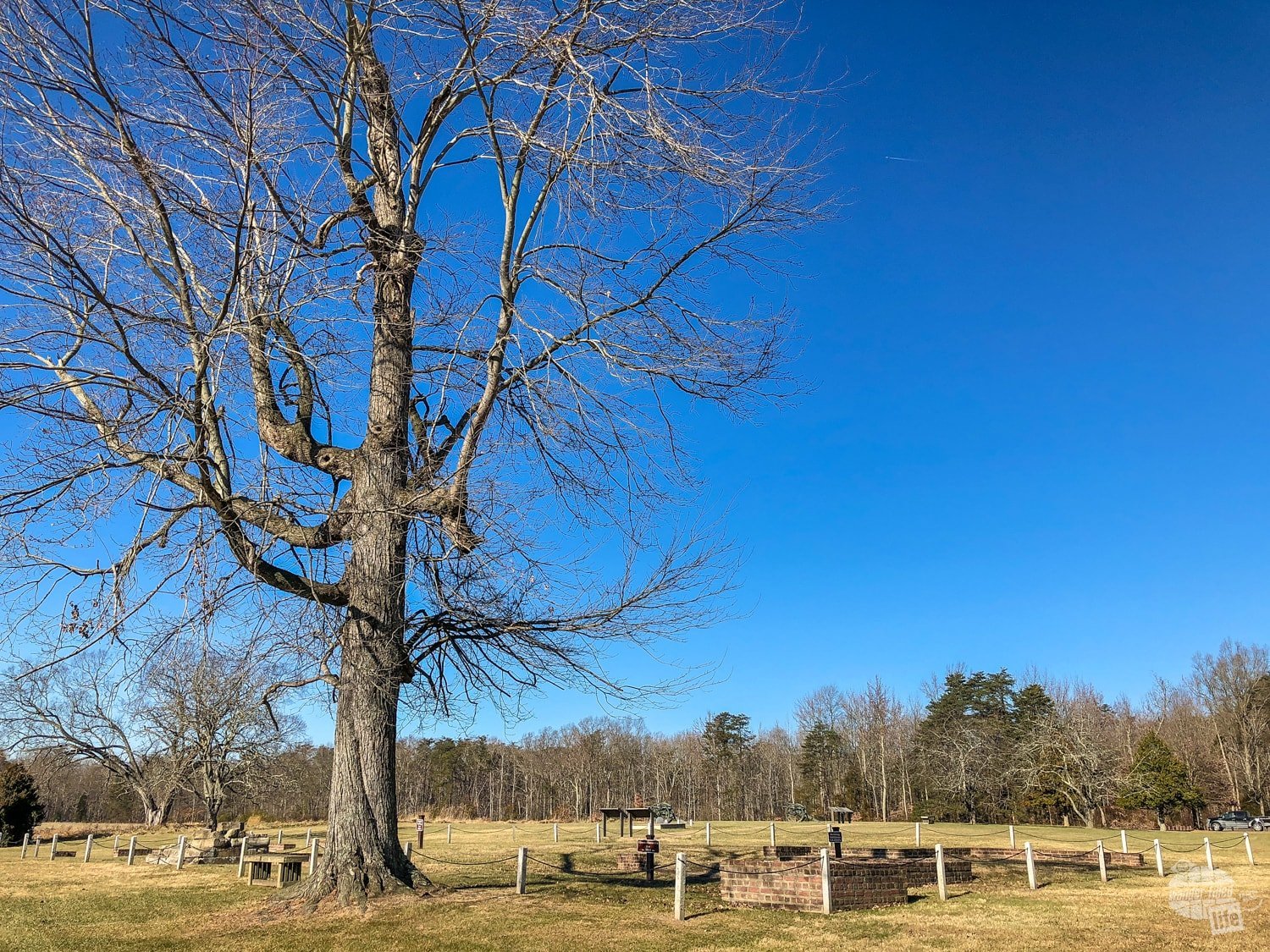
During the battle, Stonewall Jackson was able to perform a surprise attack on the Union right flank. Confederate soldiers accidentally shot Jackson and he eventually died.
The battle was a brilliant victory on Lee’s part and led directly to Lee’s second invasion of the north and the Battle of Gettysburg.
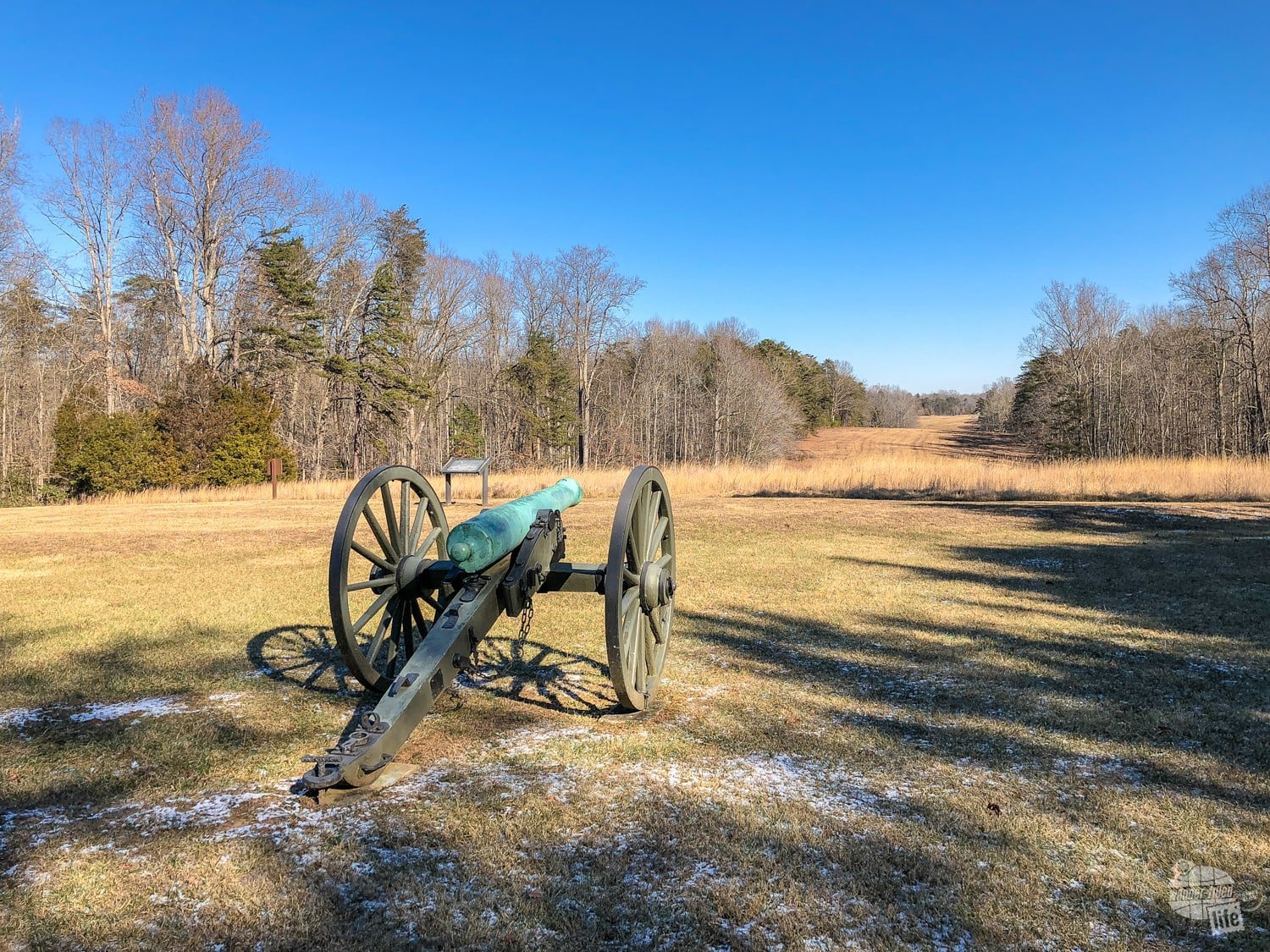
There is another great visitor center at this battlefield with an excellent film about this particular battle.
Battle of The Wilderness
Nearly a year after Chancellorsville, President Lincoln placed Ulysses Grant in charge of the Union Army. Grant’s objective was to engage and destroy Lee’s army. He fought in the middle of an area called The Wilderness a few miles west of Chancellorsville.
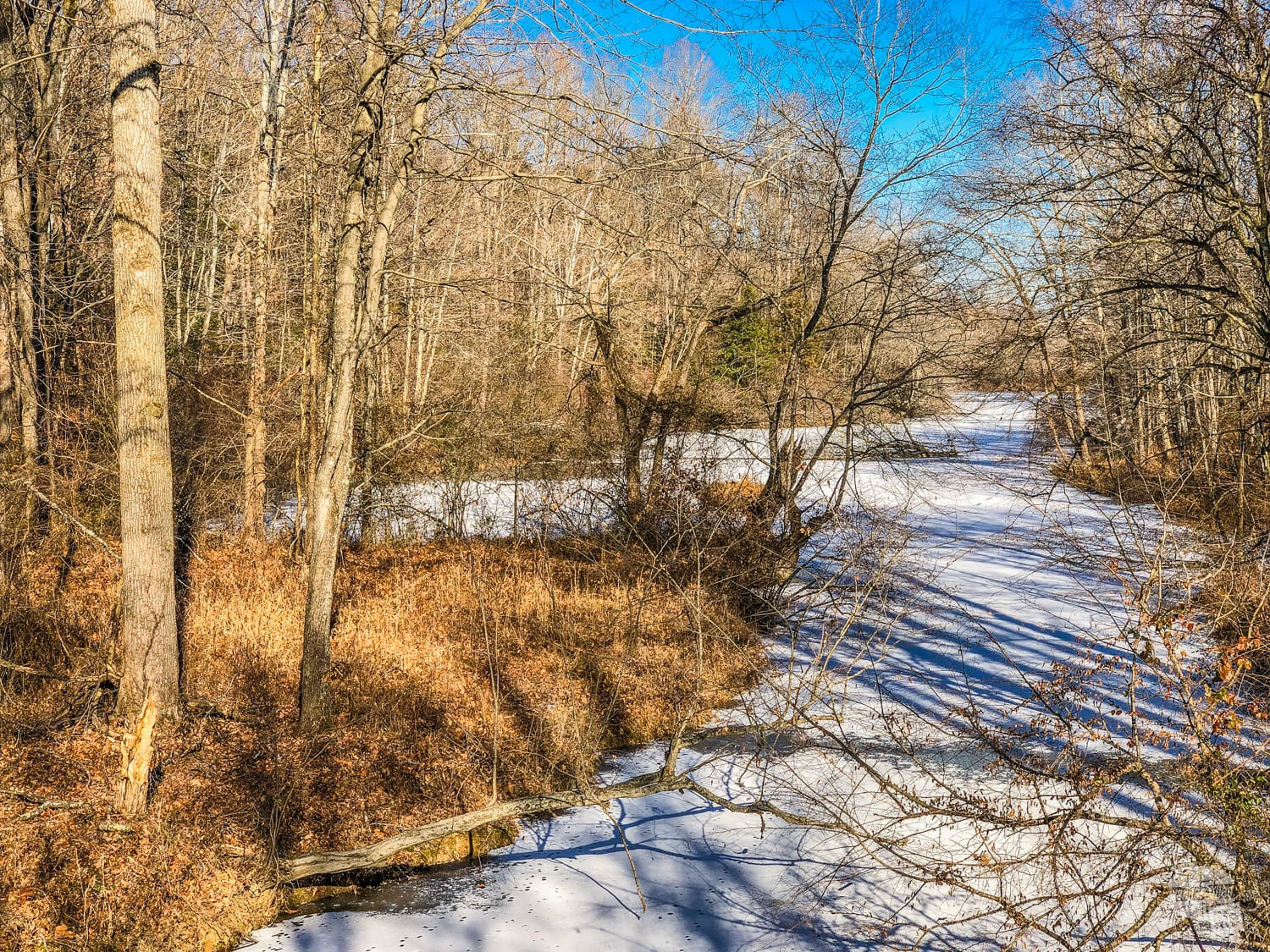
The armies fought in dense brush and fought to a draw. Grant pressed on. This battle marked the beginning of the Overland Campaign.
Battle of Spotsylvania Court House
Following the Battle of the Wilderness, Grant continued to place Lee on the defensive, forcing him into another fight at the community of Spotsylvania Court House.
This battle saw some of the bloodiest close-quarters fighting of the war, especially over an area of trenches called the “Bloody Angle.”
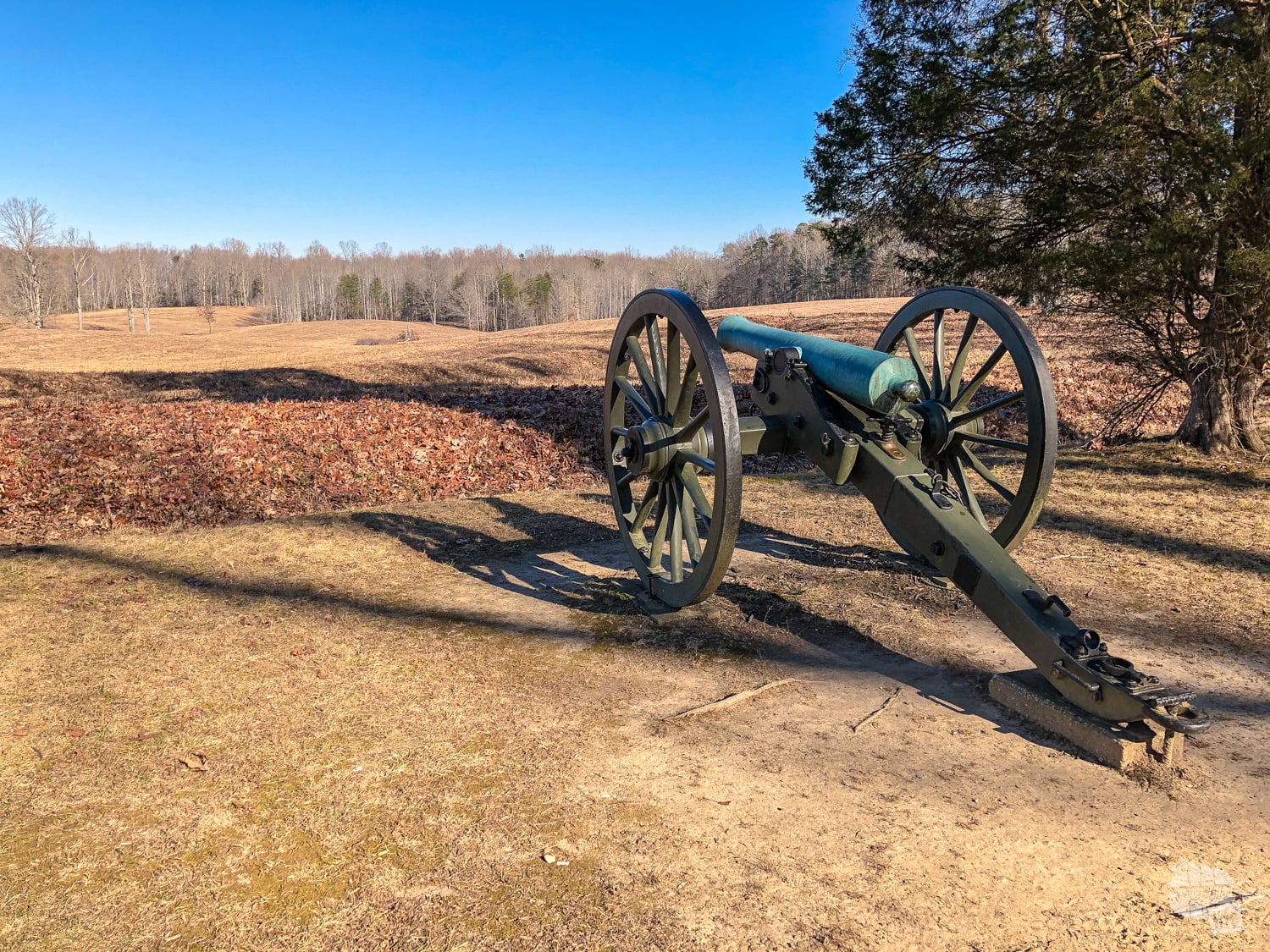
Lee won the battle, but Grant continued pushing south towards Richmond.
While we enjoy visiting battlefields, but visiting four sites for three different campaigns in one day was a bit confusing. And, while battlefields provide a glimpse into history, they generally are just open fields, which can get repetitive.
The Hilton Garden Inn in Fredericksburg was a great spot for us on this leg of the trip. We spent New Year’s here, enjoying the comfort of the room and college football.
Book the Hotel | Read TripAdvisor Reviews
Richmond National Battlefield Park
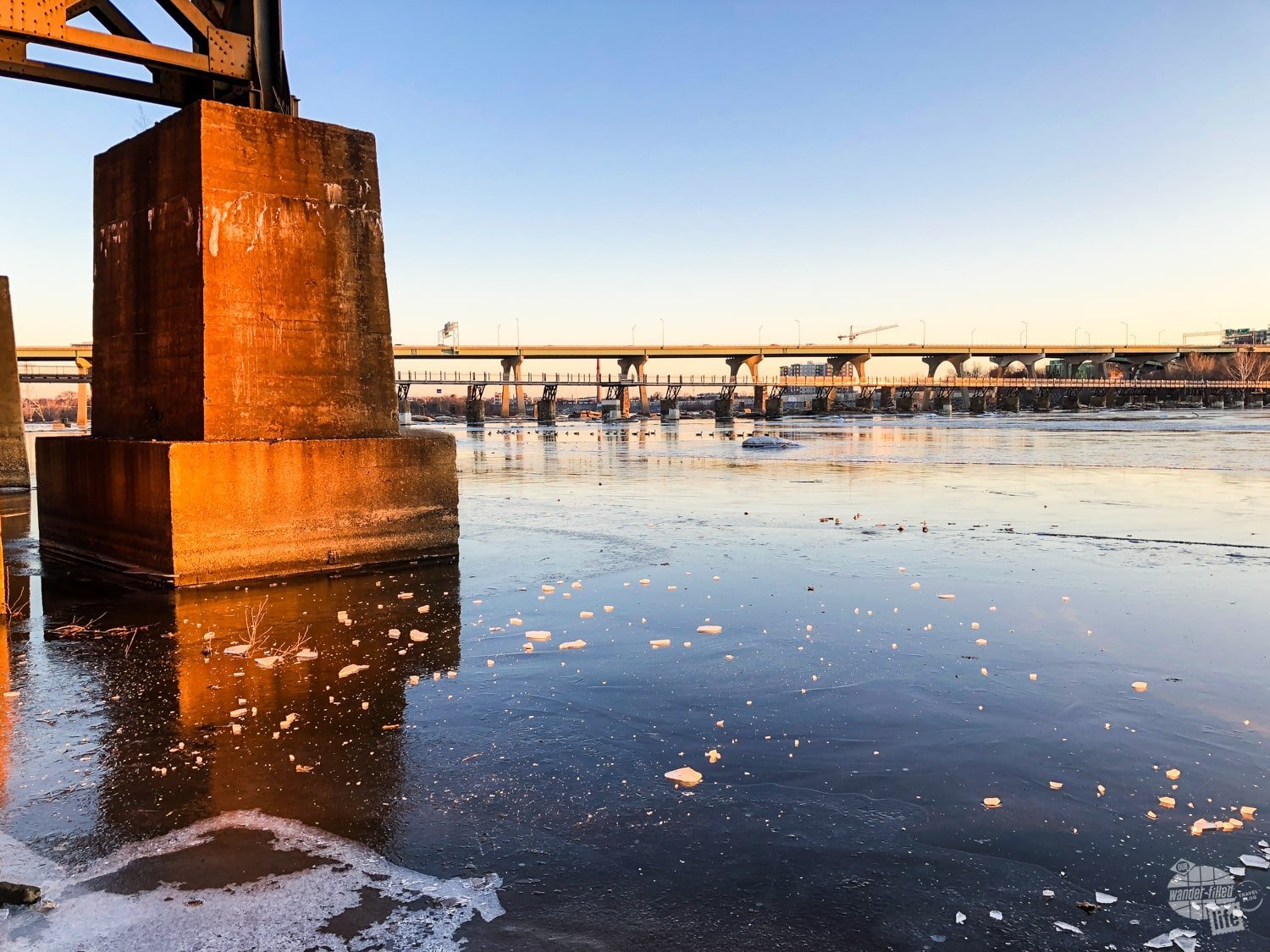
Richmond National Battlefield Park is a collection of smaller battlefields surrounding the city of Richmond. Capturing the city, the Confederate capital, was the primary objective of the Union Army.
We started our visit at the Richmond National Battlefield Park Civil War Visitor Center in downtown Richmond. Located on the James River, at the remains of the Tredegar Iron Works site, one of the few ironworks in the South, this site is a good place to plan the rest of your visit with an interactive map room.
There are battle sites from two separate campaigns, the 1862 Peninsula Campaign and the 1864 Overland Campaign. Touring the various site of the battlefield takes a day or longer depending on how long you are spending at each site.
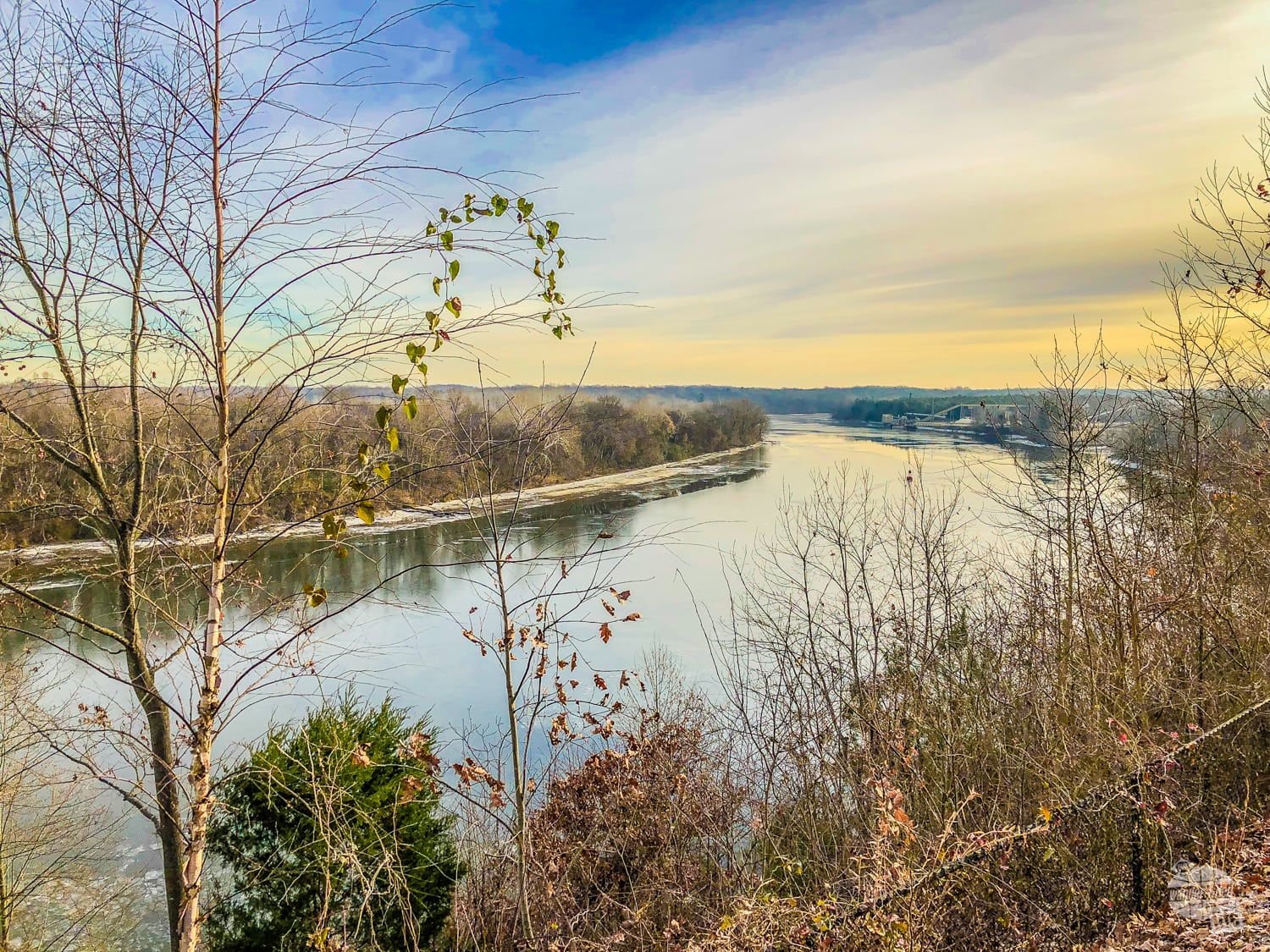
In 1862, cannons at Drewry’s Bluff controlled the James River and prevented Union ironclads from shelling Richmond. Malvern Hill was the last of the Seven Days Battles, ending the Peninsula Campaign and securing Richmond from Union attack.
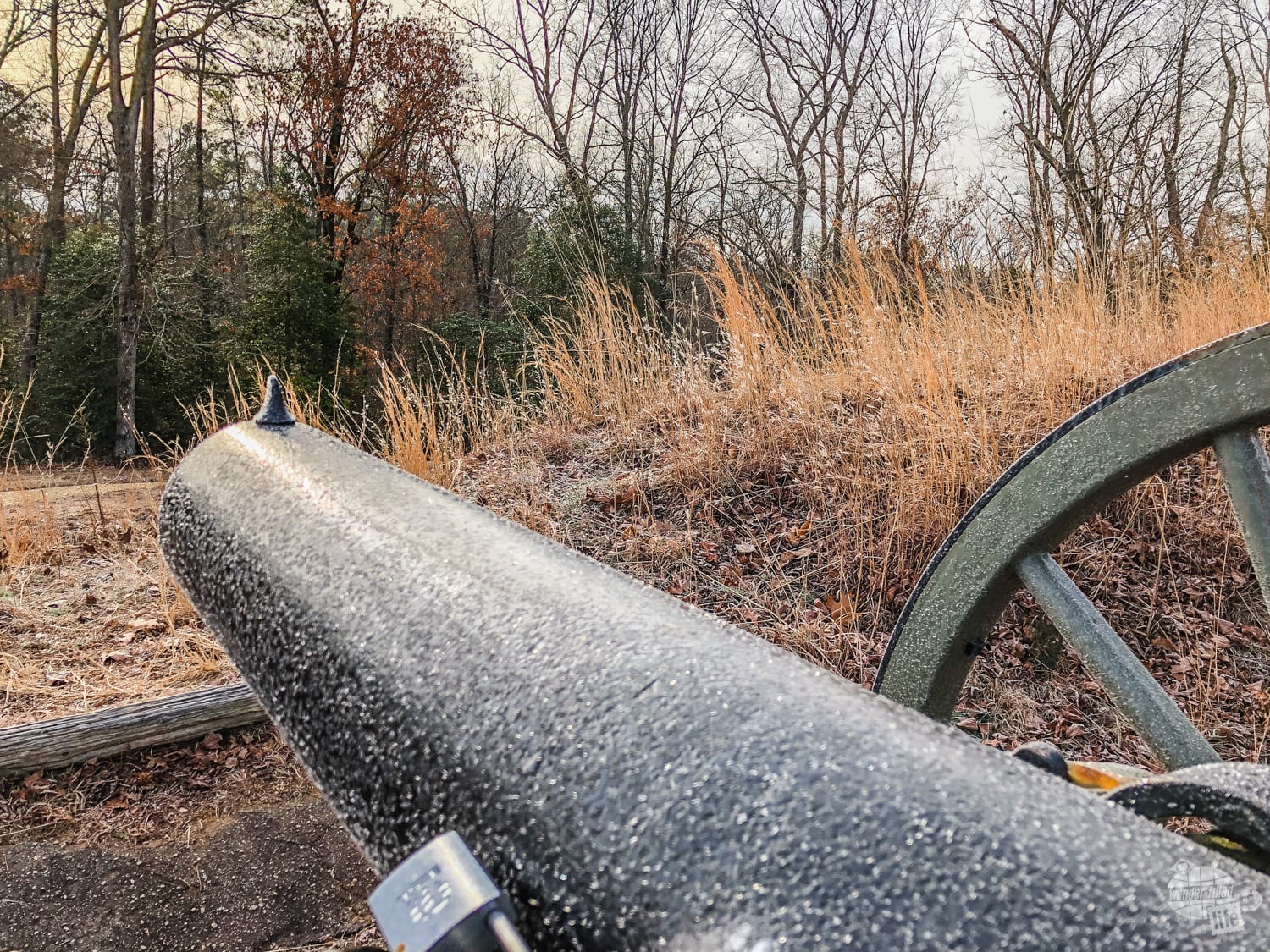
Fast forward two years to the days following the Battle of Spotsylvania Court House, Lee cut off Grant from attacking Richmond at the Battle of Cold Harbor. In the following days, Grant attacked at the southern end of Richmond’s fortifications at Fort Harrison, cutting off Lee from defending Petersburg.
Petersburg National Battlefield
The Siege of Petersburg was the death knell of the Confederacy. Petersburg was the supply center for Richmond. Grant besieged the city for nine months and used superior numbers to force Lee to defend both Petersburg and Richmond at the same time.
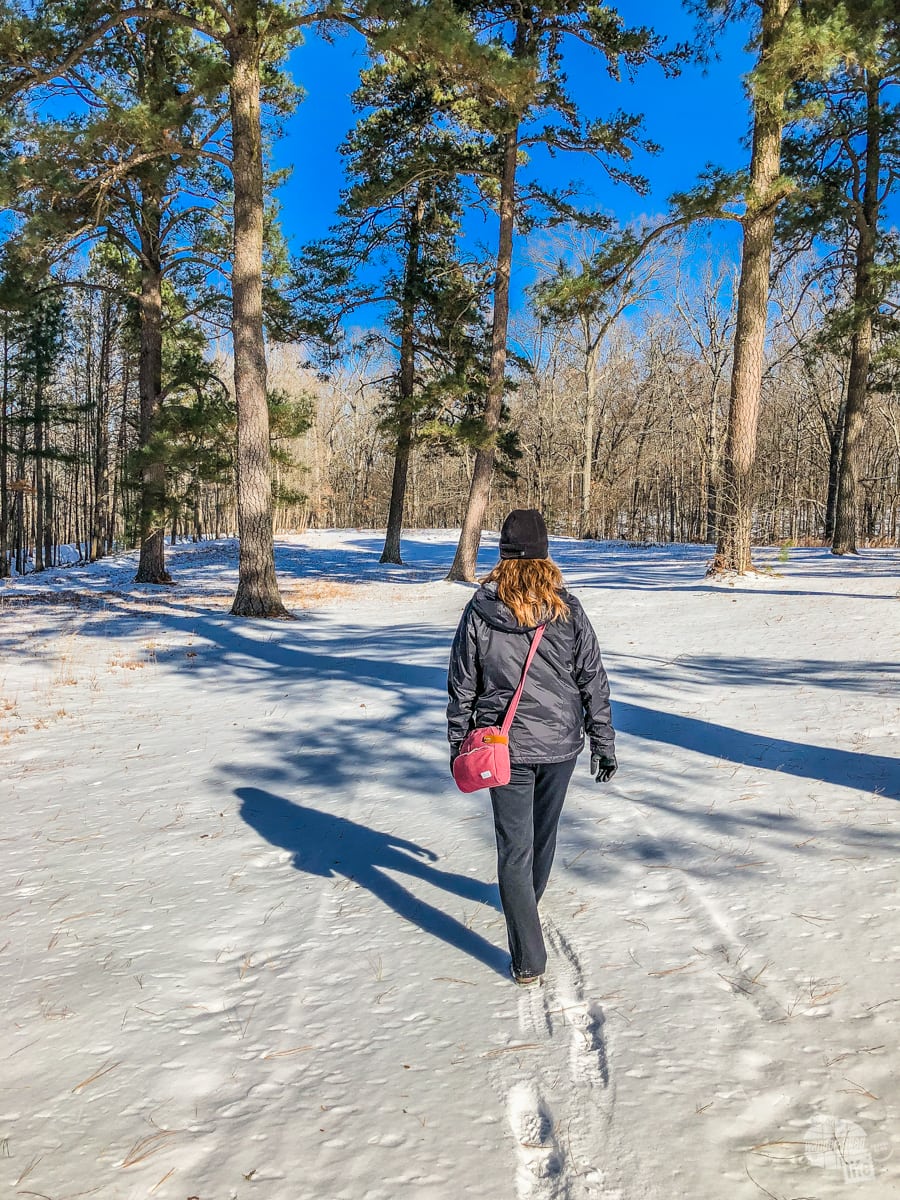
After the Battle of Five Forks, the Confederates could no longer defend Richmond or Petersburg and Lee headed west to try to meet other forces at Lynchburg.
Touring Petersburg is fairly easy and can be easily accomplished in a day by driving the battle road. Be sure to start at the Eastern Front Visitor Center and walk out to see the Dictator, a massive mortar used during the siege.
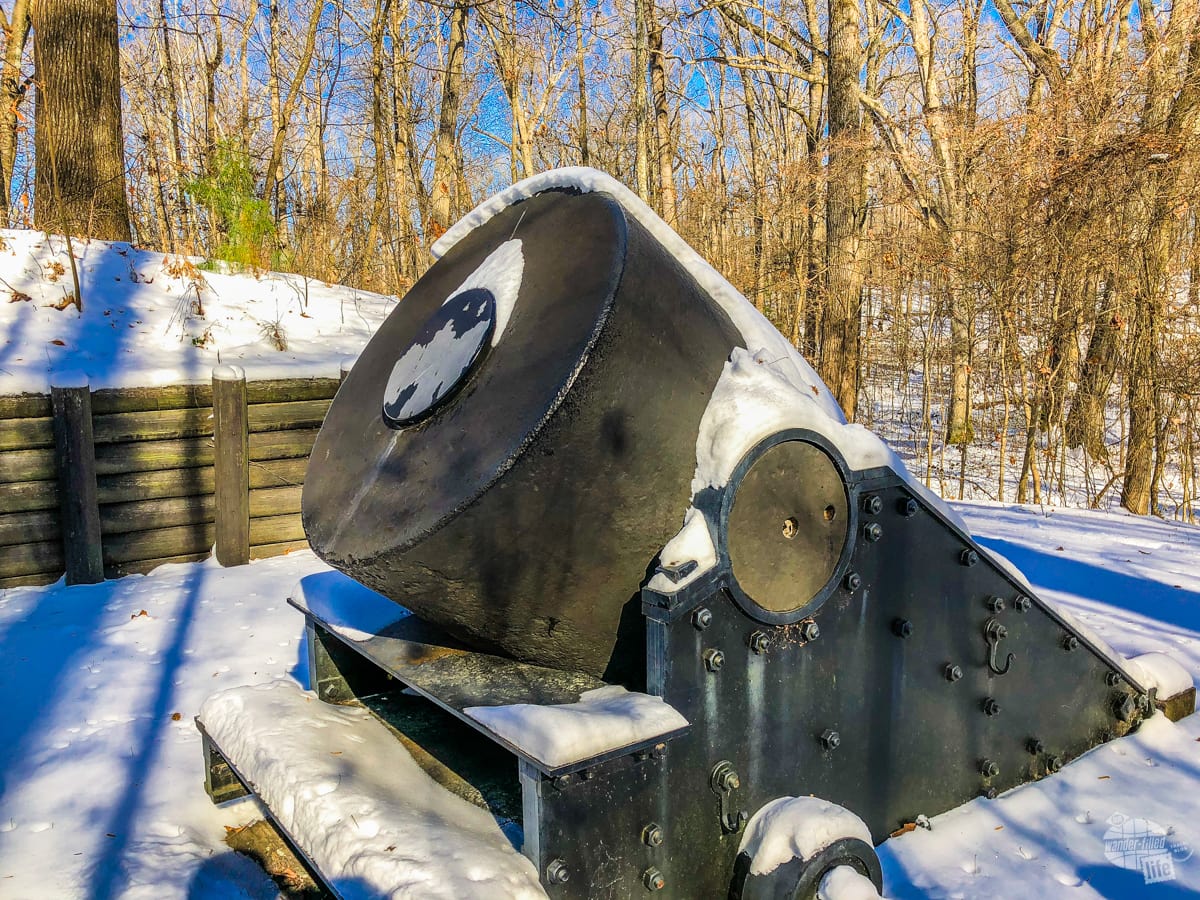
Appomattox Court House National Historical Park
Following the Battle of Five Forks, Lee raced to make it to Lynchburg, but Union cavalry destroyed his supplies and cut him off. After a brief battle, Lee surrendered at the community of Appomattox Courthouse.
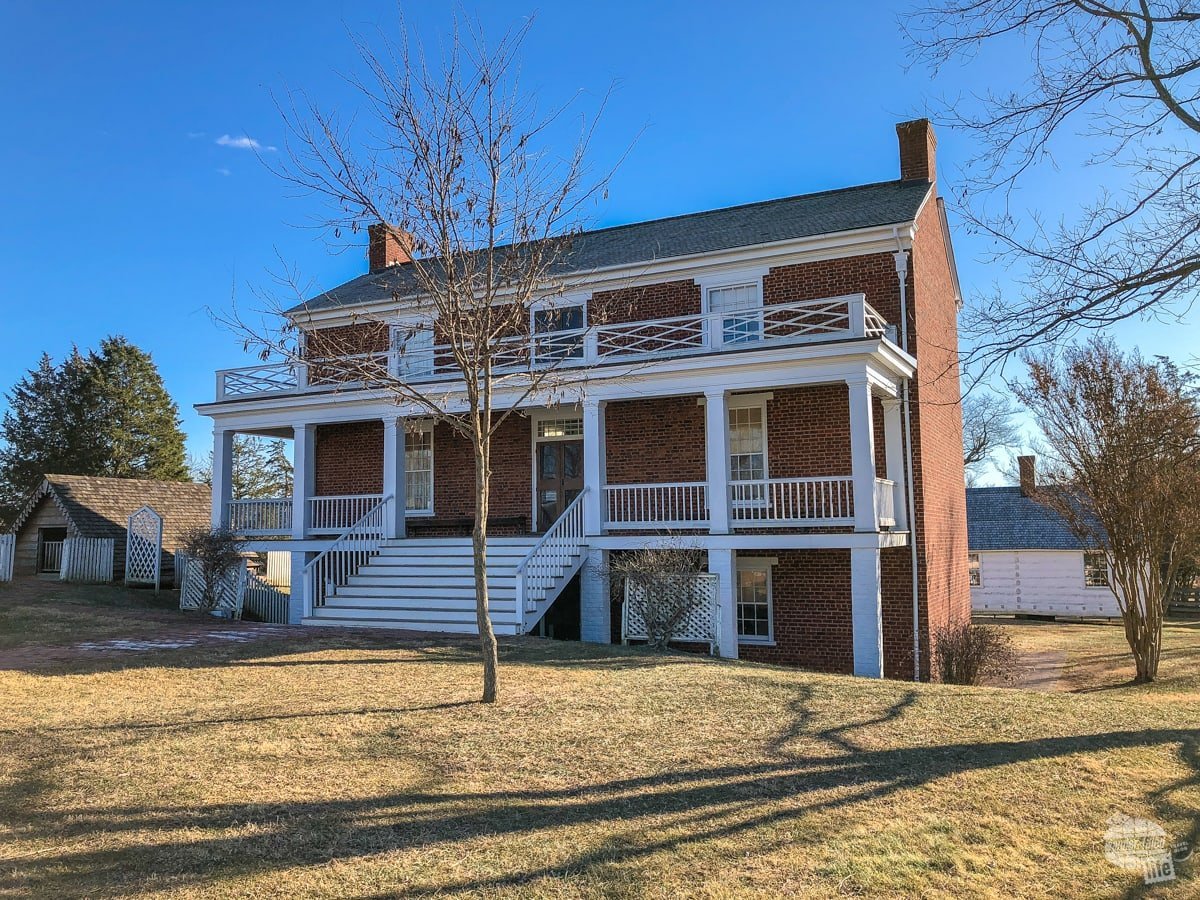
Growing up, I always thought the surrender was in an actual courthouse. It was actually in the parlor of a man who had moved there following the First Battle of Manassas to get away from the fighting.

What we enjoyed most about Appomattox Court House NHP is how well the NPS restored the community. It is a great way to see what rural life in Virginia was like.
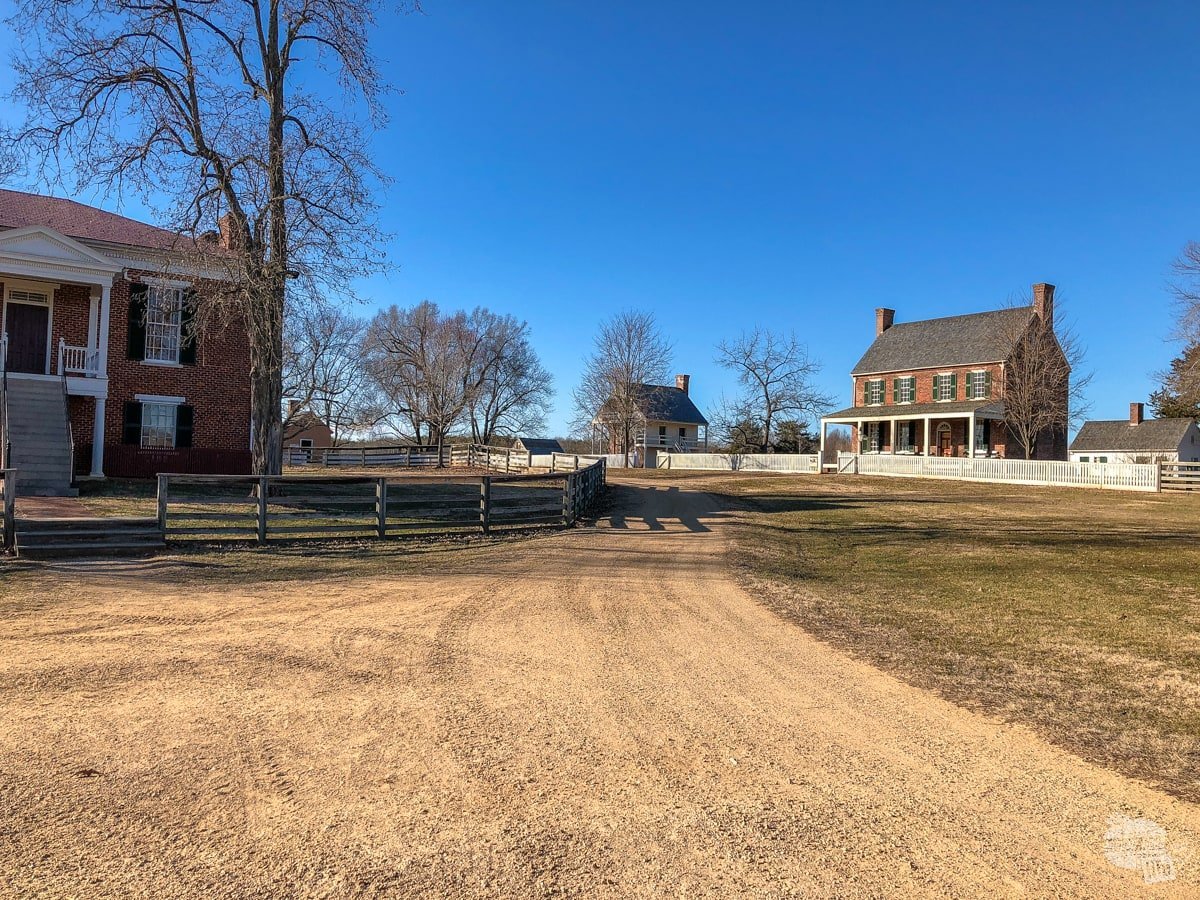
Plan on spending several hours, if the weather is nice, to see the community and tour the McLean House, where the surrender took place.
Natural Virginia and Civil Rights
Booker T. Washington National Monument

Booker T. Washington National Monument, near Roanoke, preserves the tobacco farm he was born on, as a slave. The site tells the story of a man who overcame a tremendous amount to become an influence on us all. After becoming a teacher, Washington helped start the Tuskegee Institute in Tuskegee, AL.
The National Park Service preserves several of the buildings of the plantation and operates it as a working farm.

Despite the cold, we enjoyed walking the farm and seeing the various restored buildings and animals. Still, unless there was a major ranger program, you shouldn’t need more than an hour or two to enjoy this site.
Blue Ridge Parkway
Since we were headed north and it wasn’t out of the way, we drove the Blue Ridge Parkway north from the Booker T. Washington NM all the way up to Mile 0.
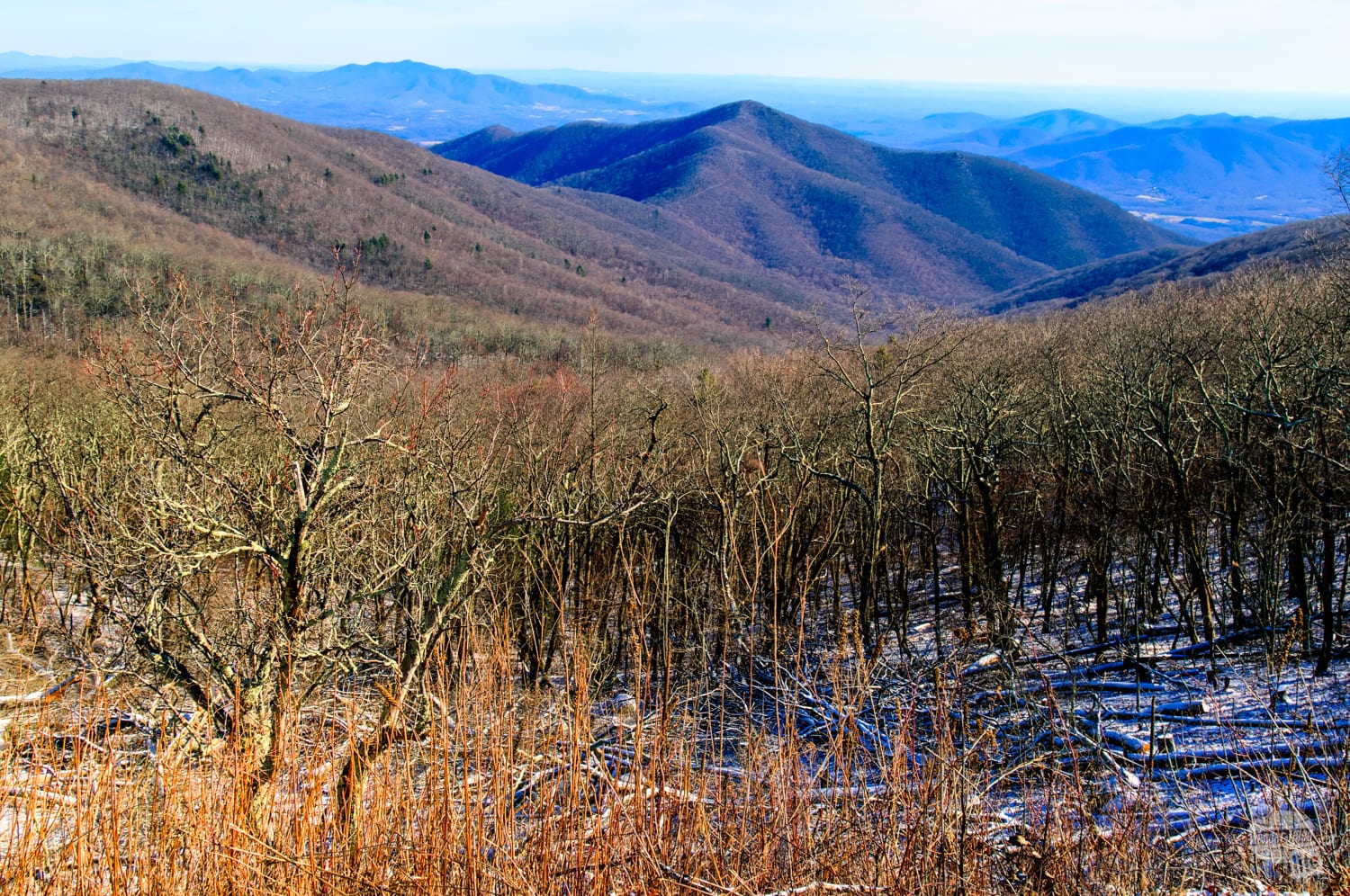
We have driven parts of the Blue Ridge Parkway before and are looking forward to doing the entire parkway in one trip.
While the parkway was open to traffic, not much else was open in the winter. None of the visitor centers and only one bathroom from Peaks of Otter to Humpback Rocks were open.
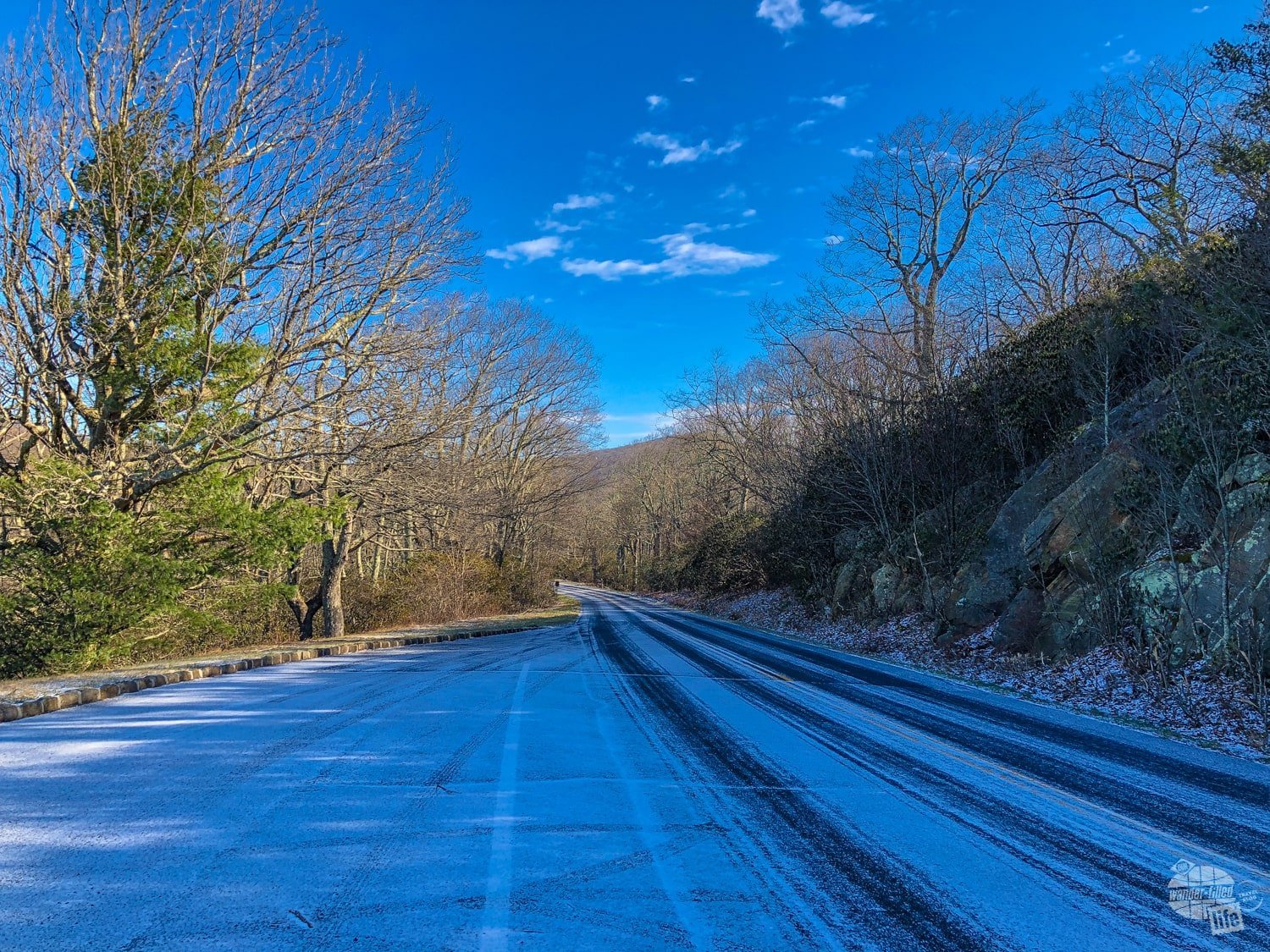
Still, we couldn’t beat the scenery and the drive was a lot more relaxing than the Interstate.
Maggie L. Walker National Historic Site
We enjoy seeing places we have only read about, walking battlefields and seeing the natural beauty. But we really love learning something completely new. That’s exactly what we found at the Maggie L. Walker National Historic Site in the historic Jackson Ward of Richmond.

Before visiting this site, I had never heard of Walker. She, as a black woman in the Jim Crow South, chartered a bank. As part of the Order of St. Luke, she founded the St. Luke Penny Savings Bank, which later became the Consolidated Bank and Trust.
The site tells her story and preserves her home, where she was a force for both black and women’s rights until her death in 1934. Plan on spending about two hours.
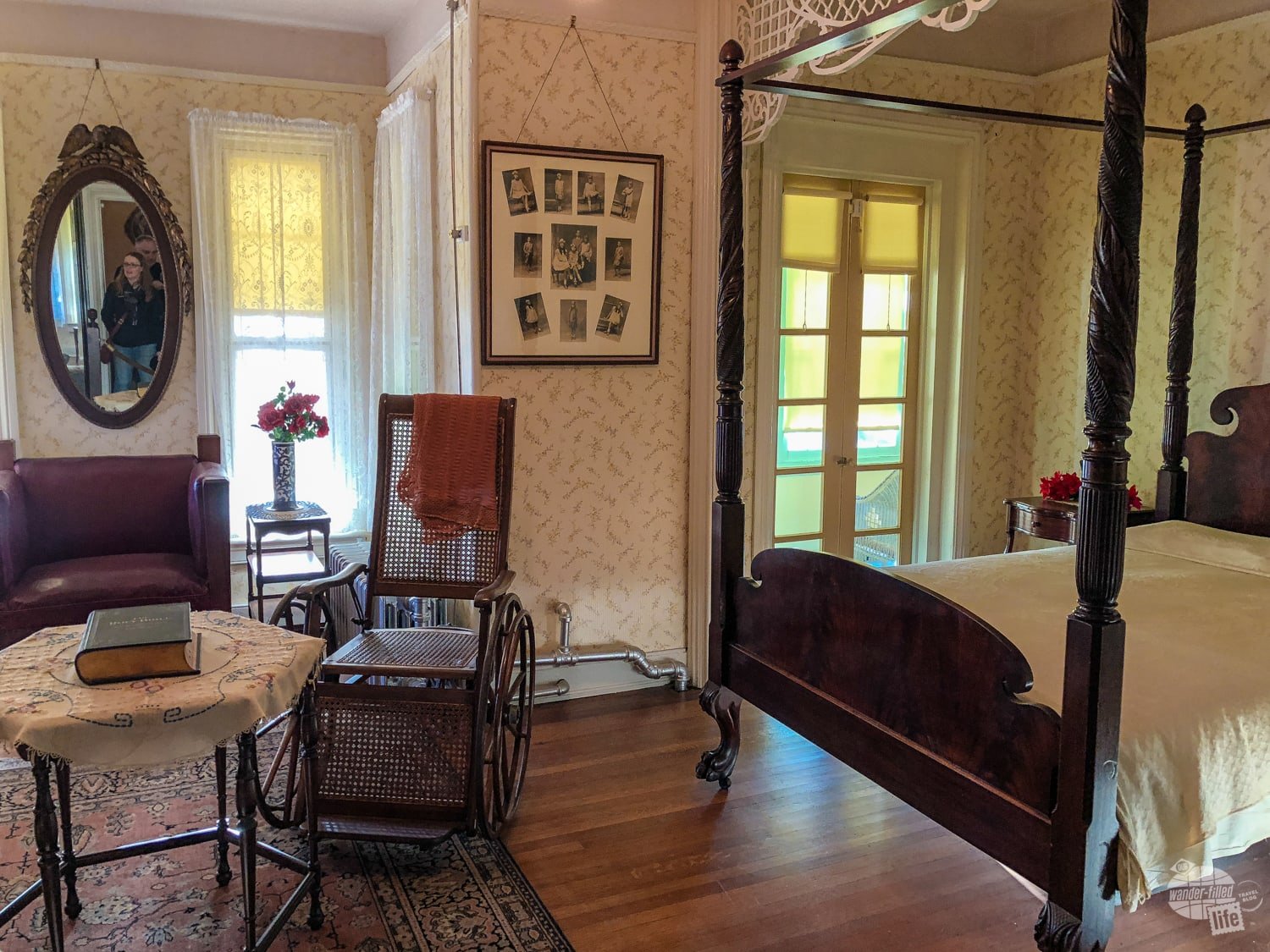
Final Thoughts
We really enjoyed touring eastern Virginia, even though it felt very heavy on Civil War battlefields. The other sites, such as glass-blowing at Jamestown and farm at Booker T. Washington NM, help to offset the somewhat redundant feeling of the battlefields.
All of these sites are within an easy drive of each other. This makes visiting several sites on one trip easy. Still, this covers only nine of the 17 NPS sites in Virginia.
So, we’ll be headed back to Virginia at some point to see more sites, including Shenandoah National Park!
Travel Resources
What do you use to find a flight?
We use Skyscanner to find deals on flights. Skyscanner has a great interface and compares tons of airlines for the best pricing and routing. That said, it does not always have every airline and some airlines will have better deals on their website. Still, Skyscanner is a great place to start.
Click here to search for a flight.
What do you use to find a hotel?
We typically stay at Hilton properties, so we use the Hilton website. You can find good Hilton Honors discounts or AAA discounts for a hotel there. We make great use of our free night certificates from our Hilton Honors American Express.
Click here to book a Hilton property.
If there are no Hilton properties available, we use TripAdvisor to read reviews and book the hotel. We find we can get the best price that way.
Click here to search for a hotel.
We recently partnered with Stay22 to add interactive maps to each of our destination posts. This will allow you to see a plethora of hotels and vacation rentals all in one responsive map of the area.
What if I need more space than I can get at a hotel?
We use Vrbo for the times when we have rented a cabin for a weekend getaway, like this cabin in Townsend, TN, or needed to rent a house for a large family vacation. We had a great experience with them in terms of refunding deposits when COVID hit and will continue to use them.
Click here to search for a vacation rental.
Who do you use for rental cars?
As a general rule, we book with Hertz for rental cars. We have had nothing but good experiences with them. Plus, we really like unlimited mileage and not worrying about crossing state lines. We have even rented from Hertz overseas in both Slovenia and Croatia.
Click here to book a rental car.
How about booking a cruise?
We have found some amazing prices for booking a cruise through Cruise Direct. We have saved a lot of money on our cruises compared to what we found elsewhere, making a last-minute Bahamas cruise even cheaper.
Click here to book a cruise.
What if I want to rent an RV?
We highly recommend Outdoorsy for RV rentals. We rented a camper van for a week to visit Rocky Mountain National Park for the elk rut and Custer State Park for the Buffalo Round-Up and had a blast. The program was easy to use and we really enjoyed the freedom of having a camper van for that trip.
Click here to rent an RV.
What do you use for booking tours?
We don’t often book tours. Typically, we like to do stuff on our own. That said, there are some experiences you can’t have any other way. So, when we do want to book a tour, we always check Viator first.
Click here to book a tour.
Do you use anything to get discounts on the road?
We make extensive use of both Good Sam and AAA on the road. Good Sam is normally regarded as a discount card for RVers at campgrounds and Camping World but anyone can use the 5 cents off a gallon at the pump at both Pilot and Flying J.
Click here to get a Good Sam membership.
We have had AAA as long as we have been married and it has more than paid for itself in discounts at hotels, aside from the peace of mind of having roadside assistance. Add in paper maps and the ability to get an international driver’s license and it is more than worth it for any traveler out there.
Click here to get a AAA membership.
